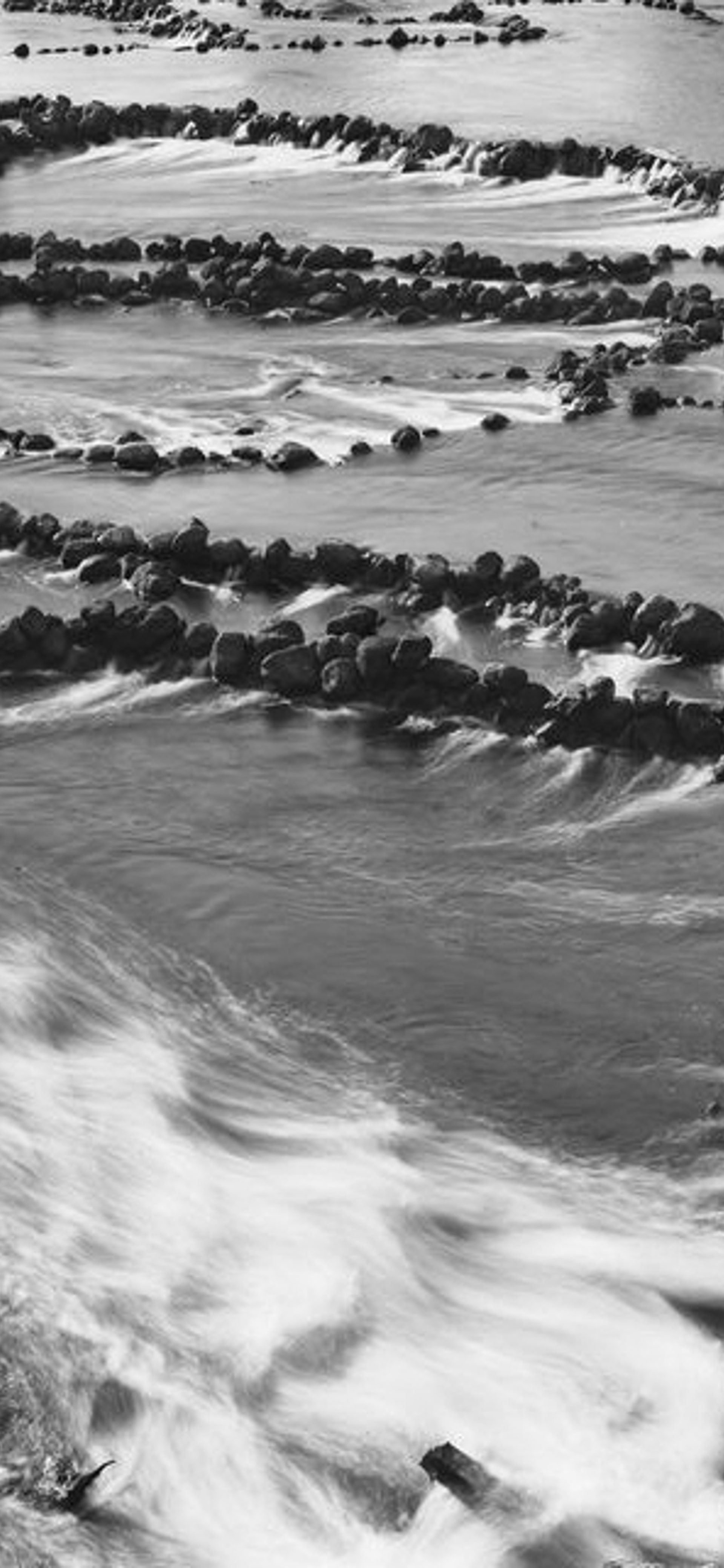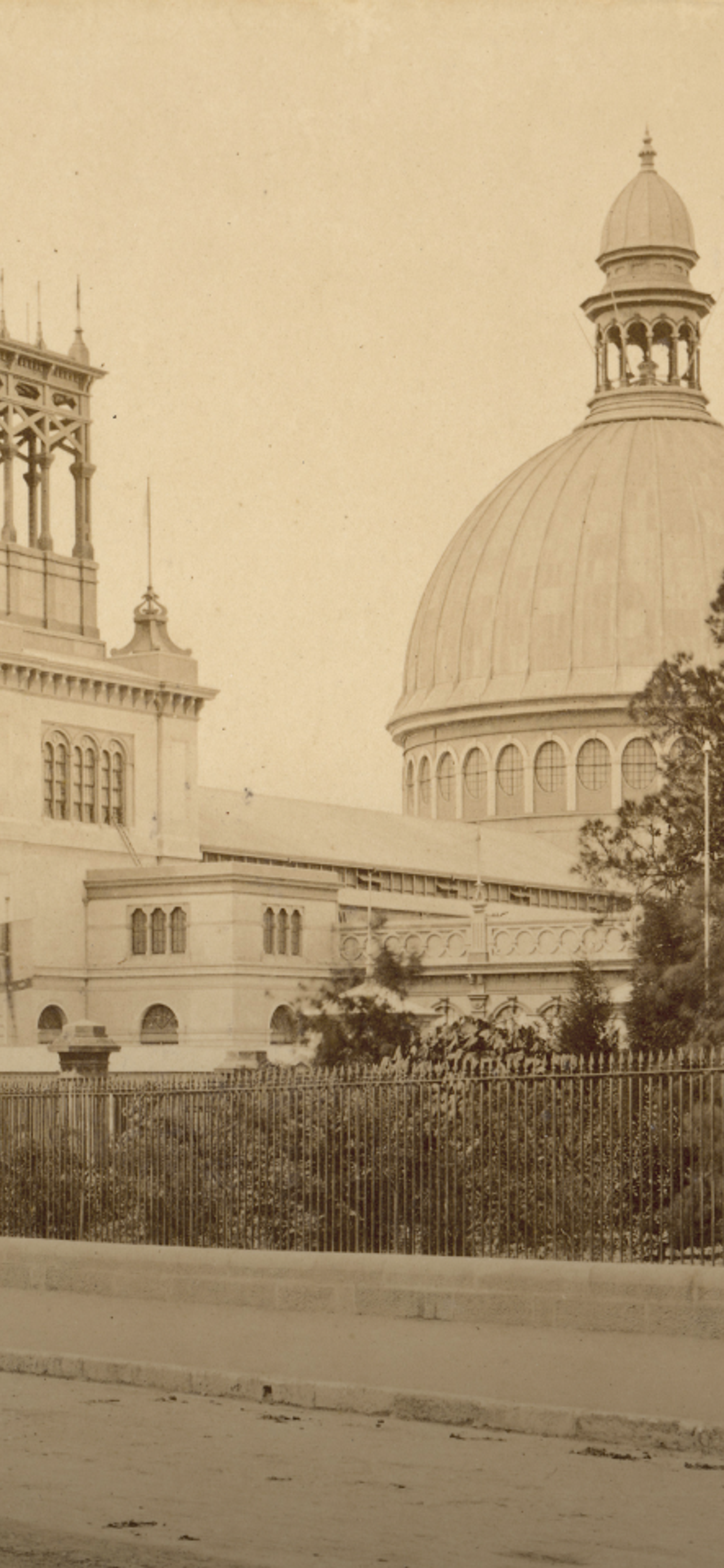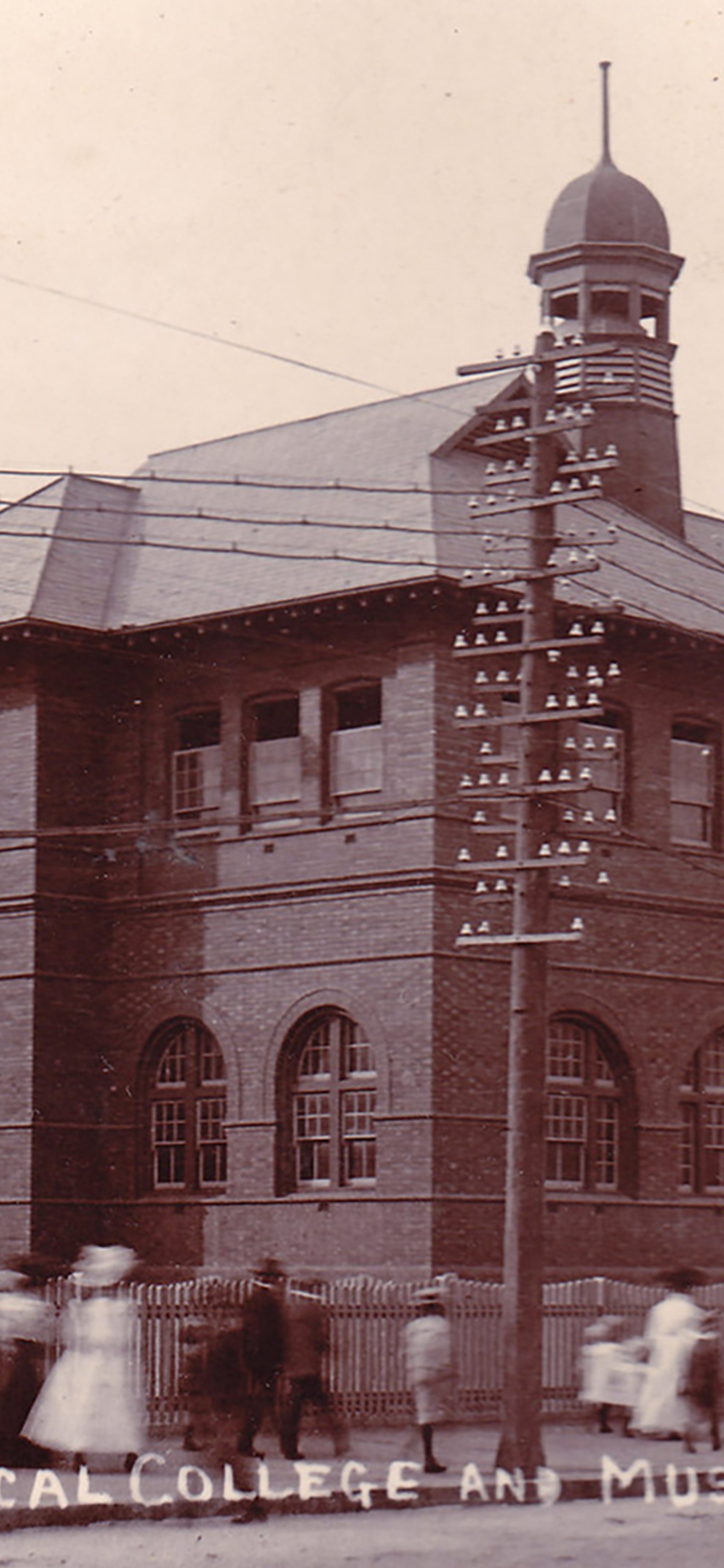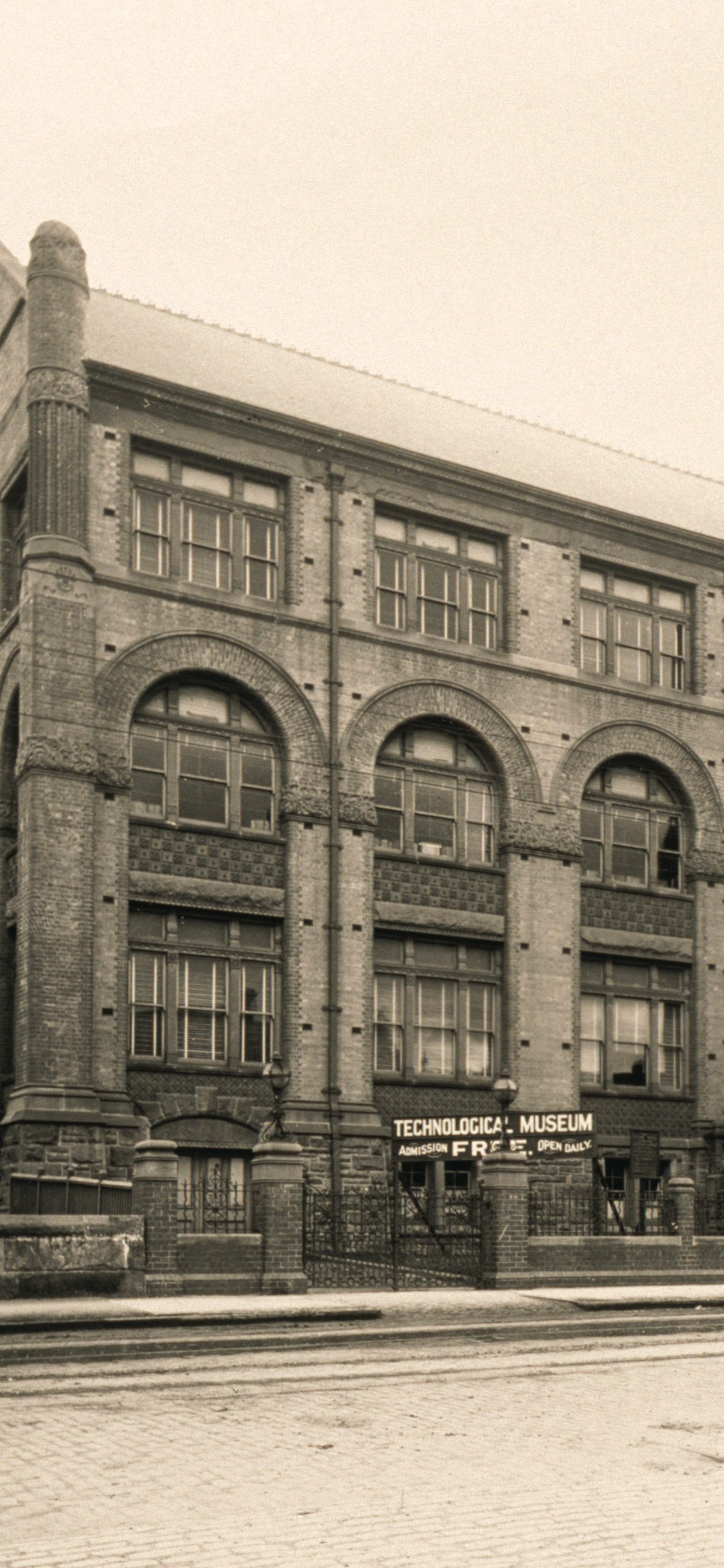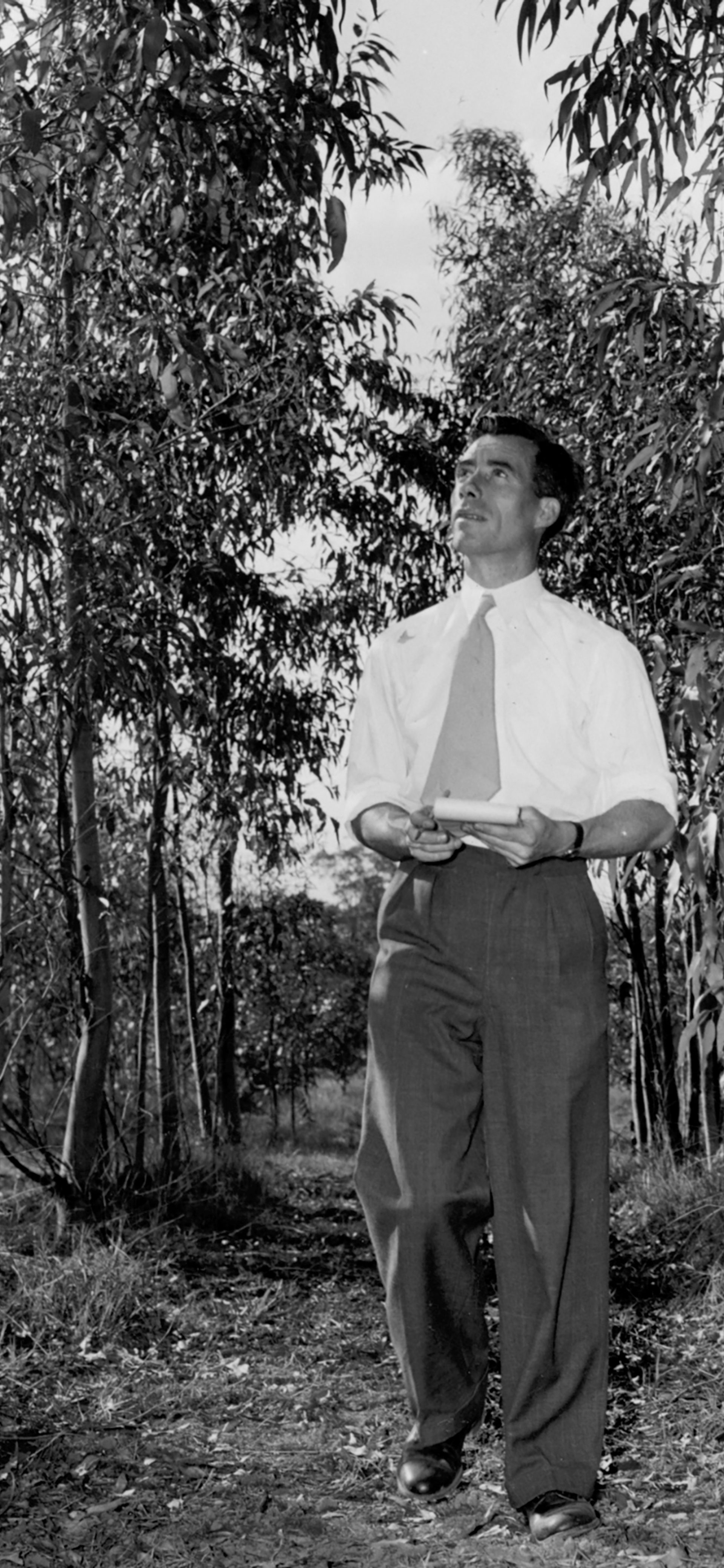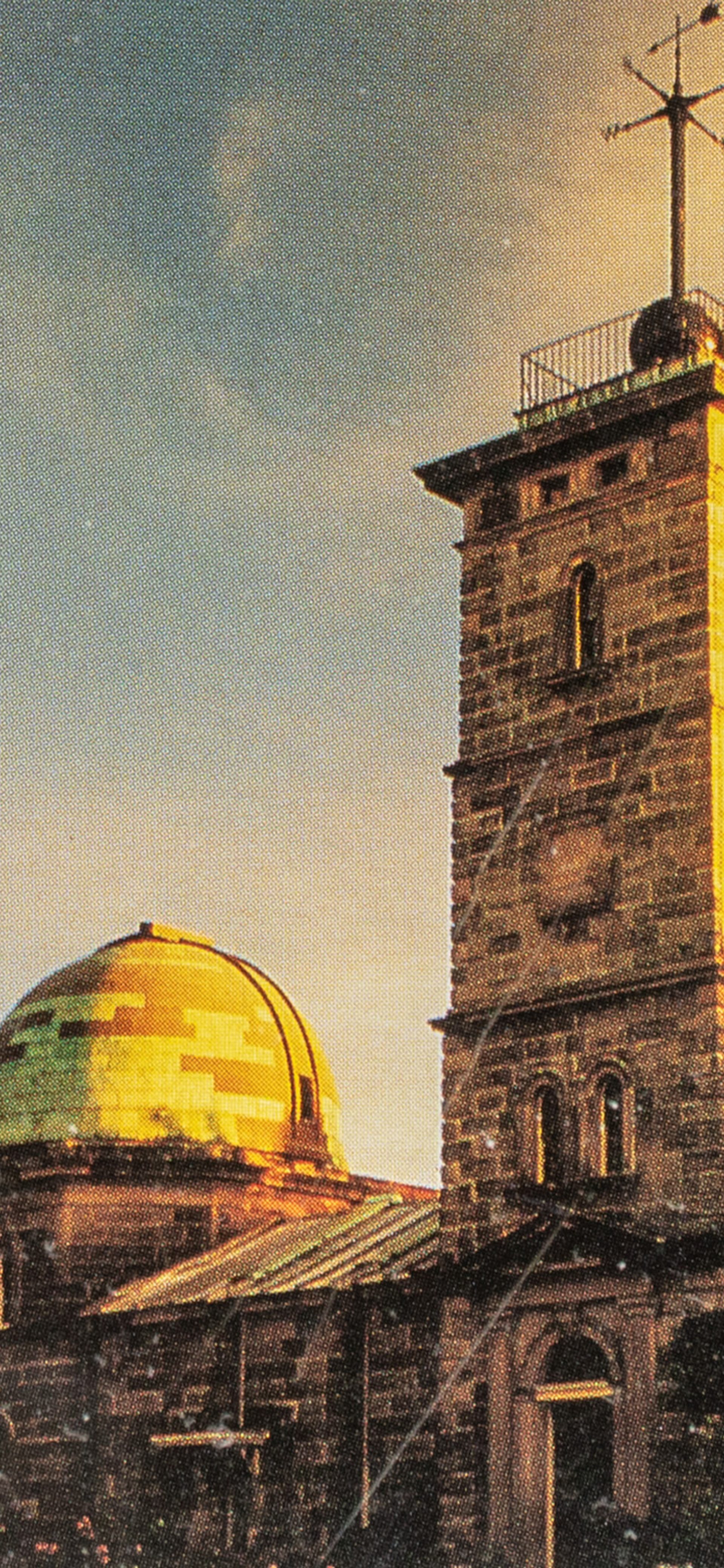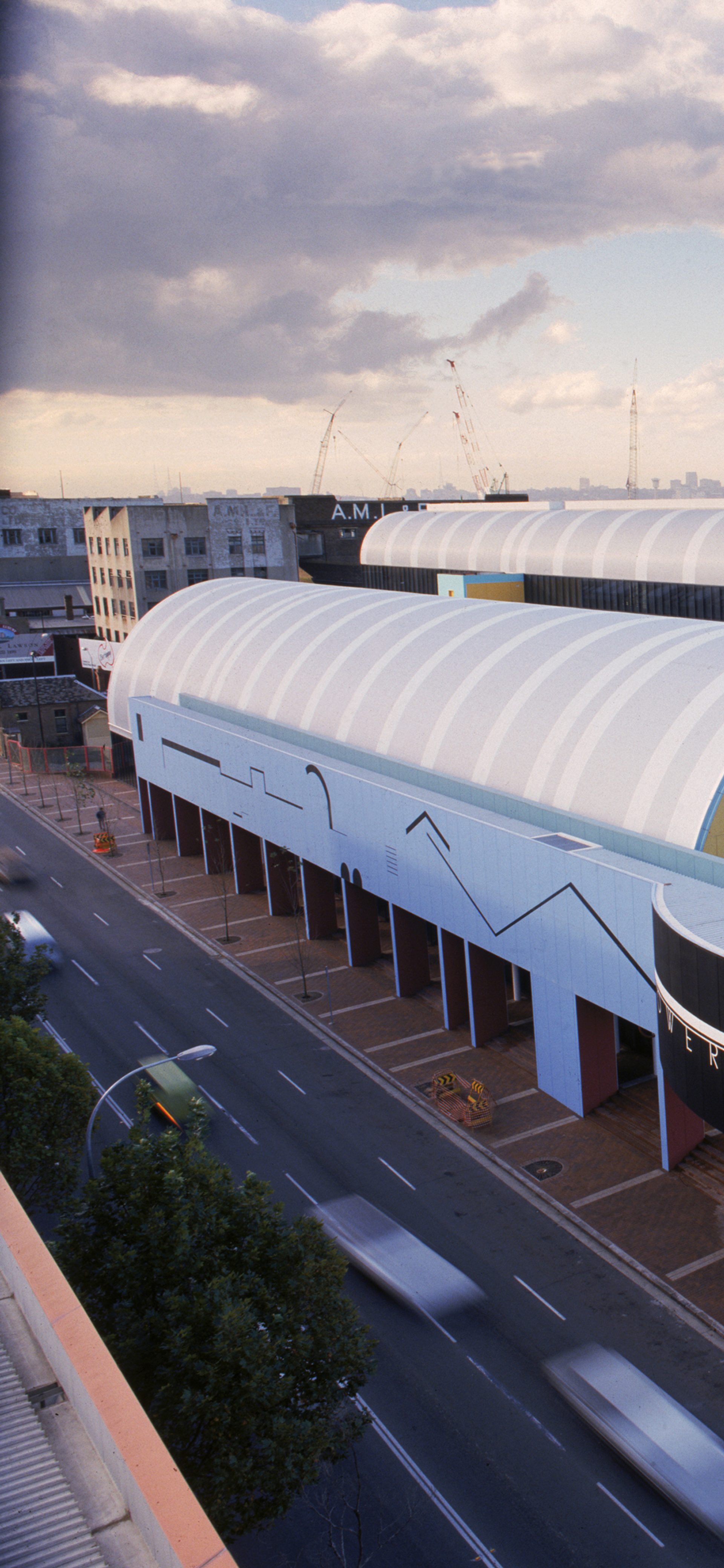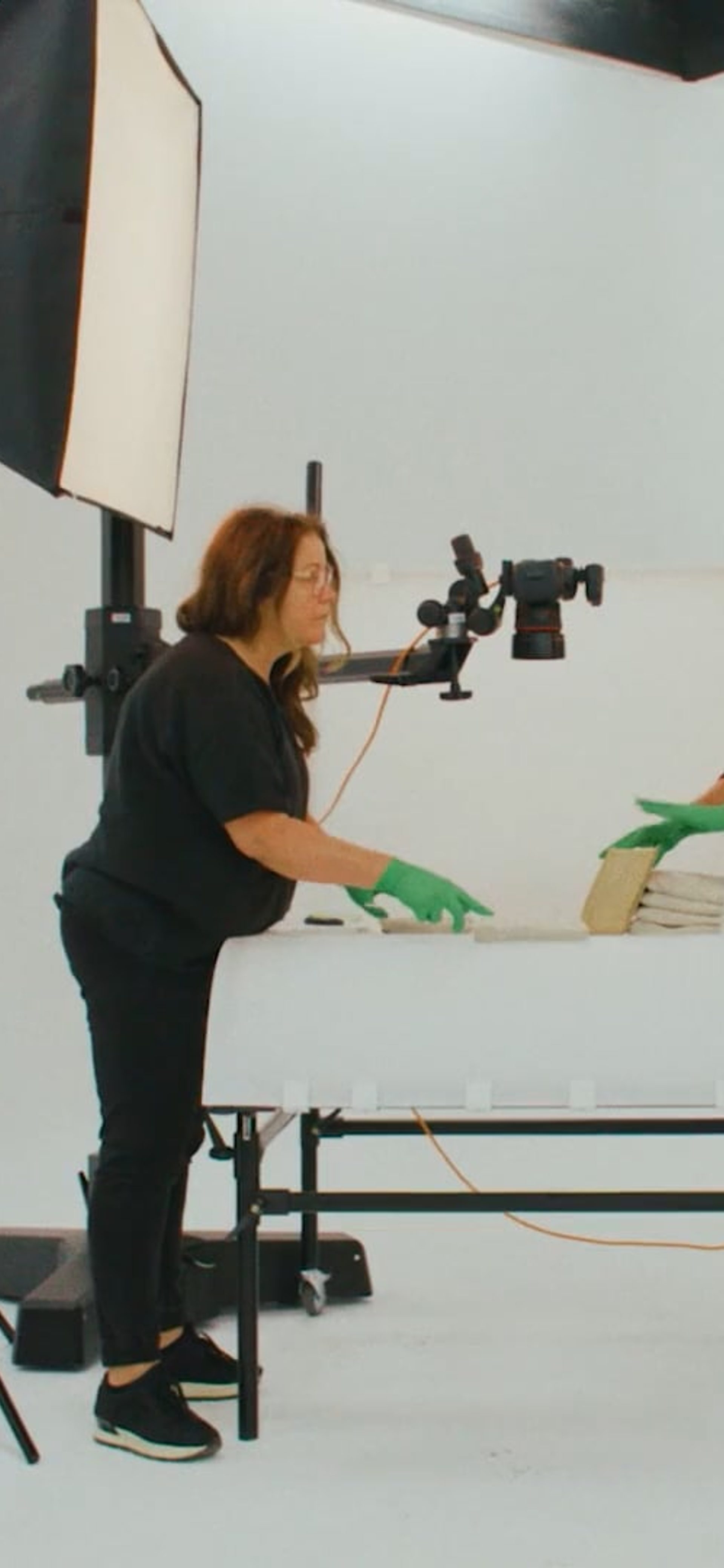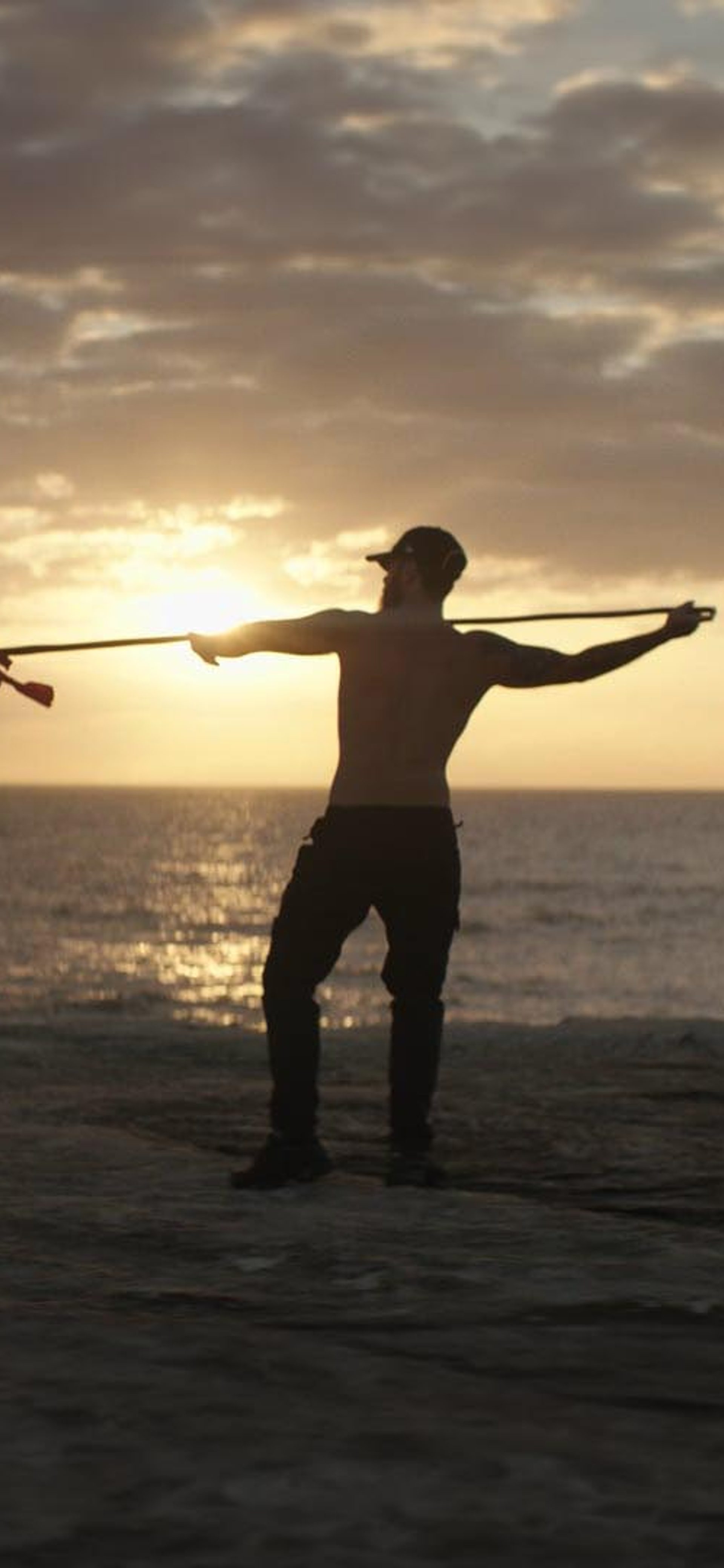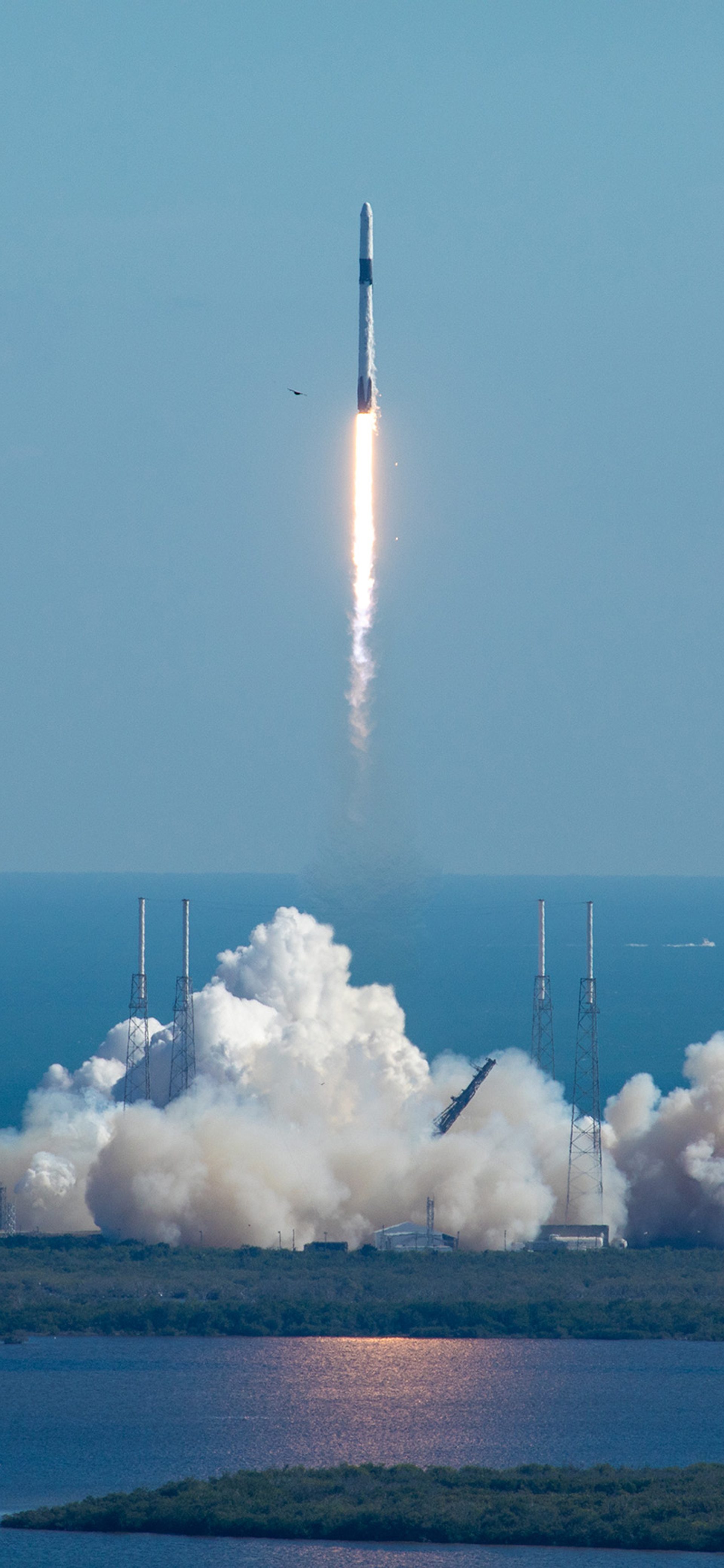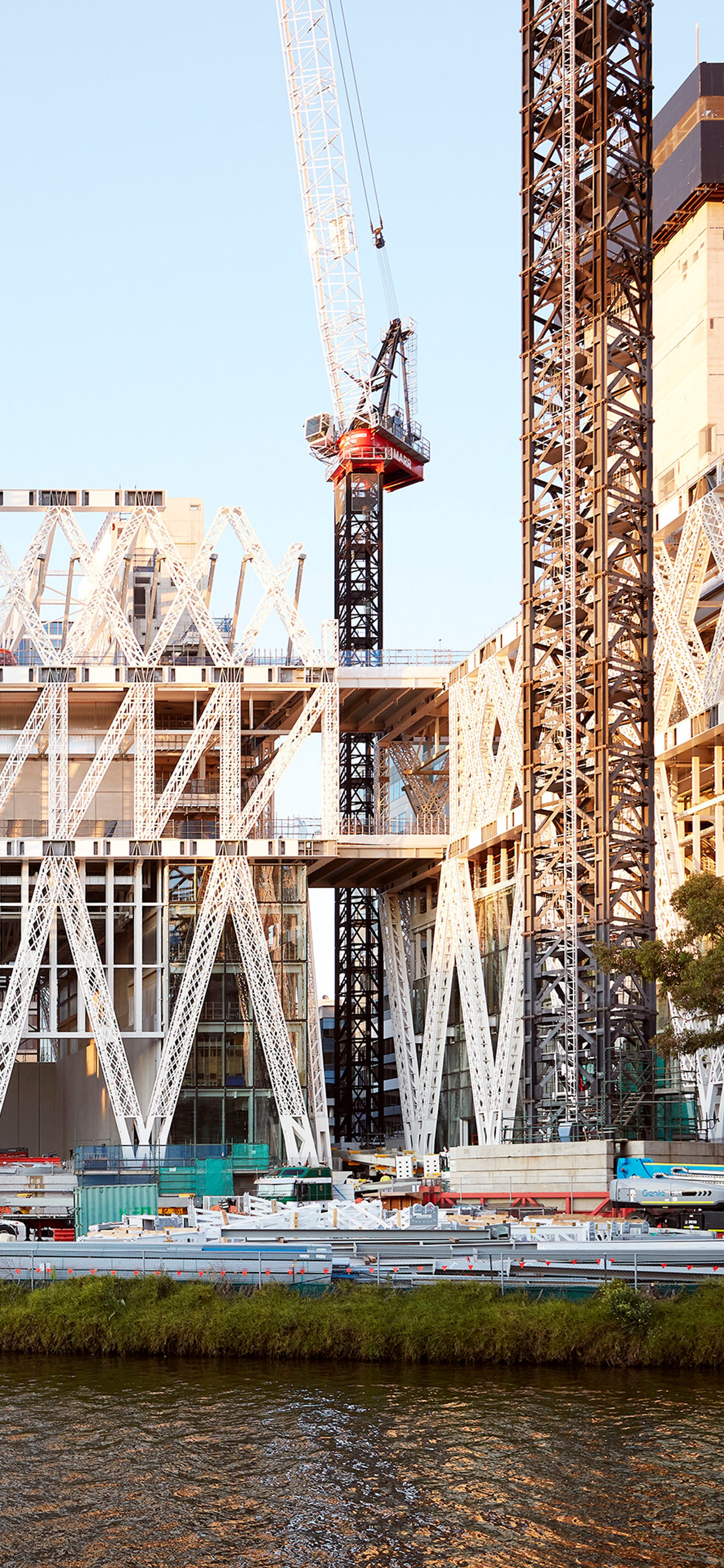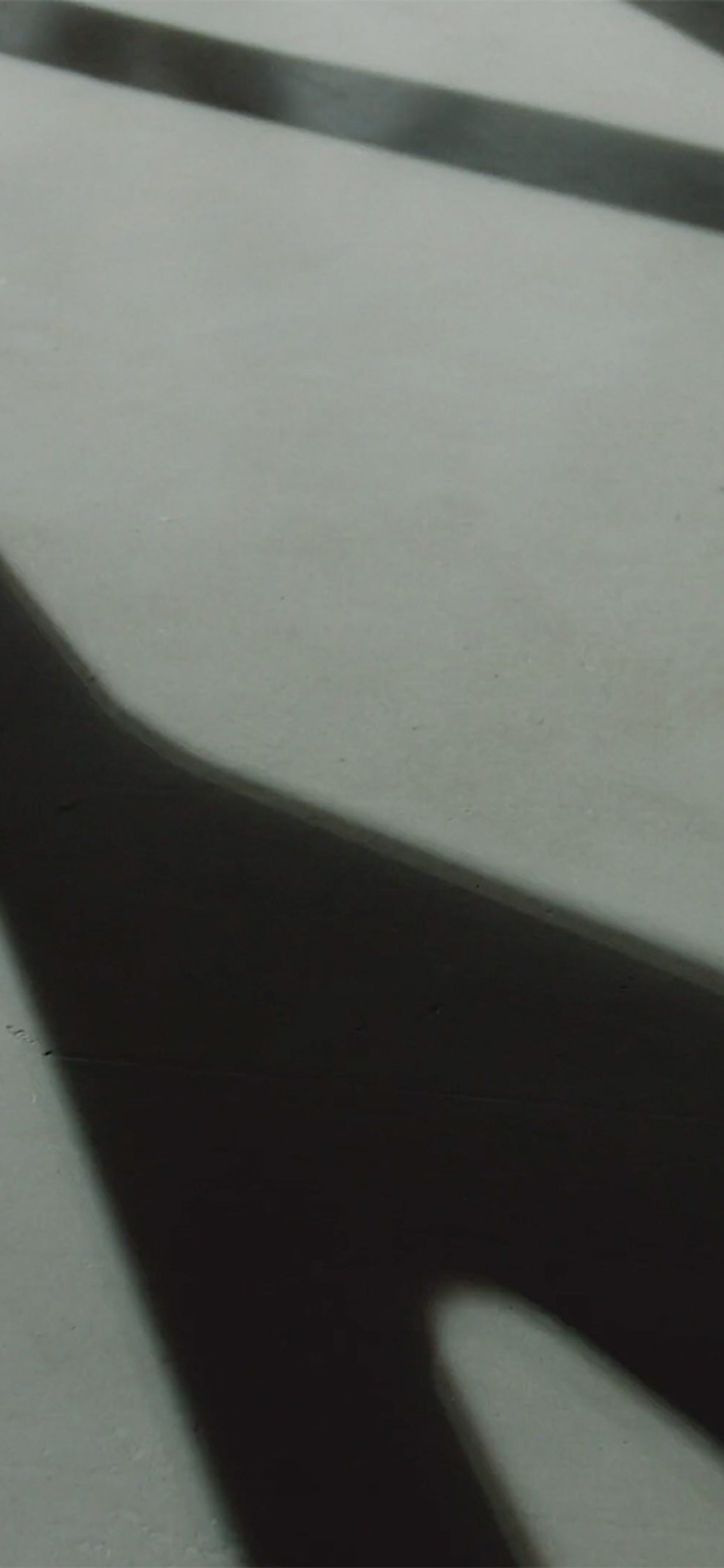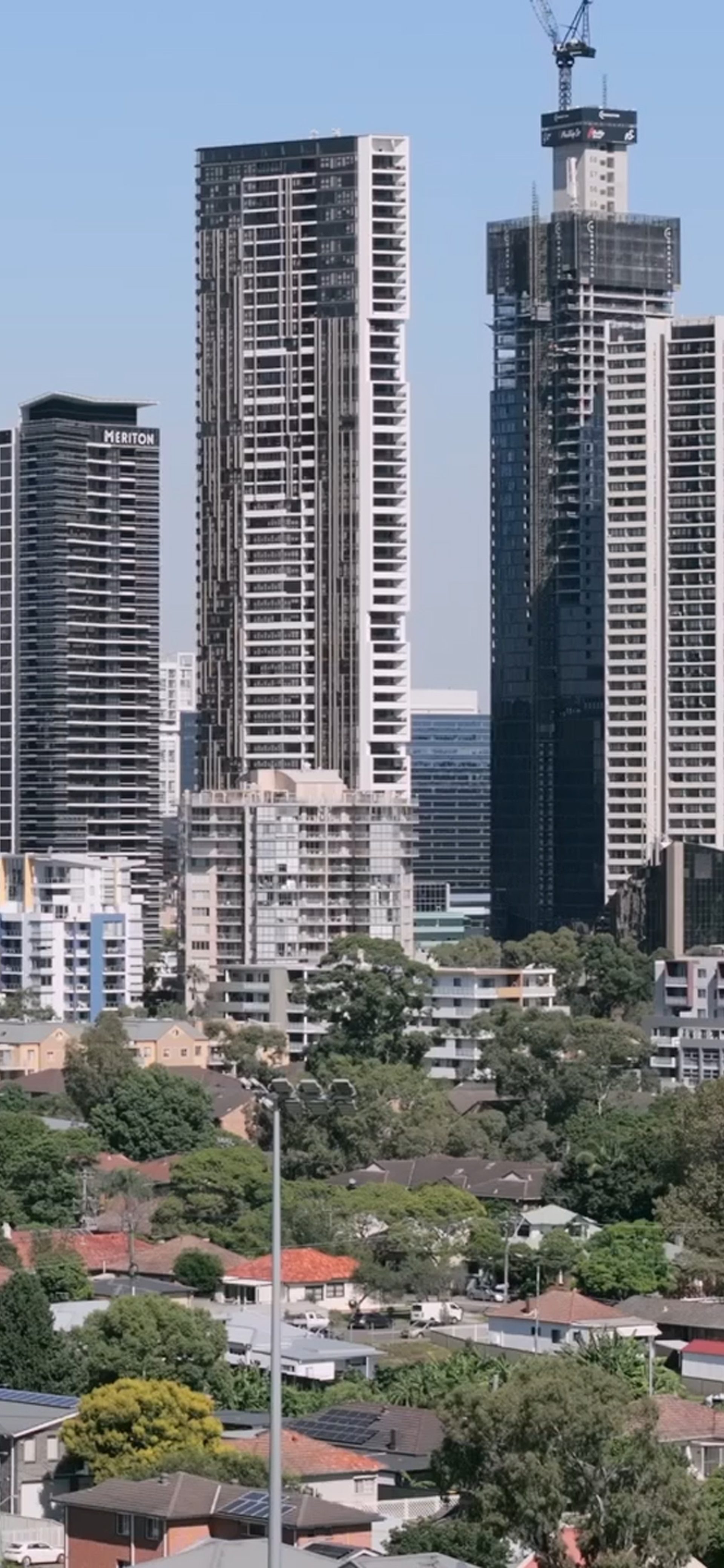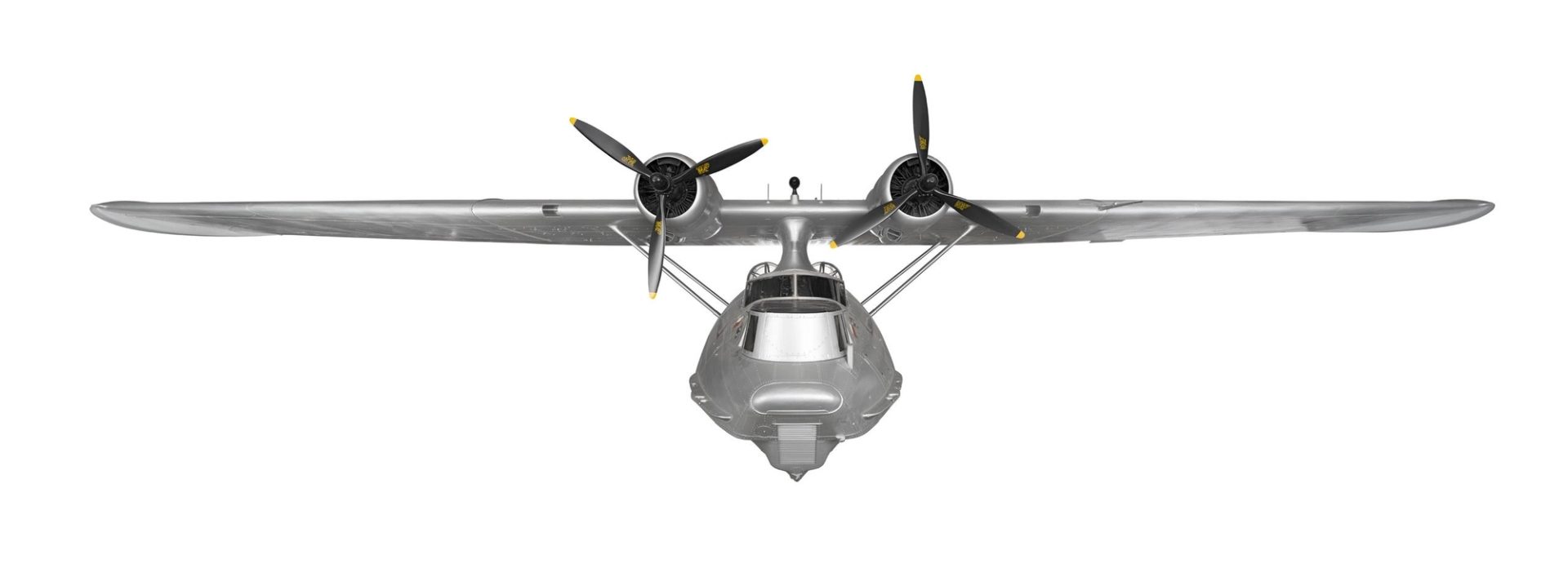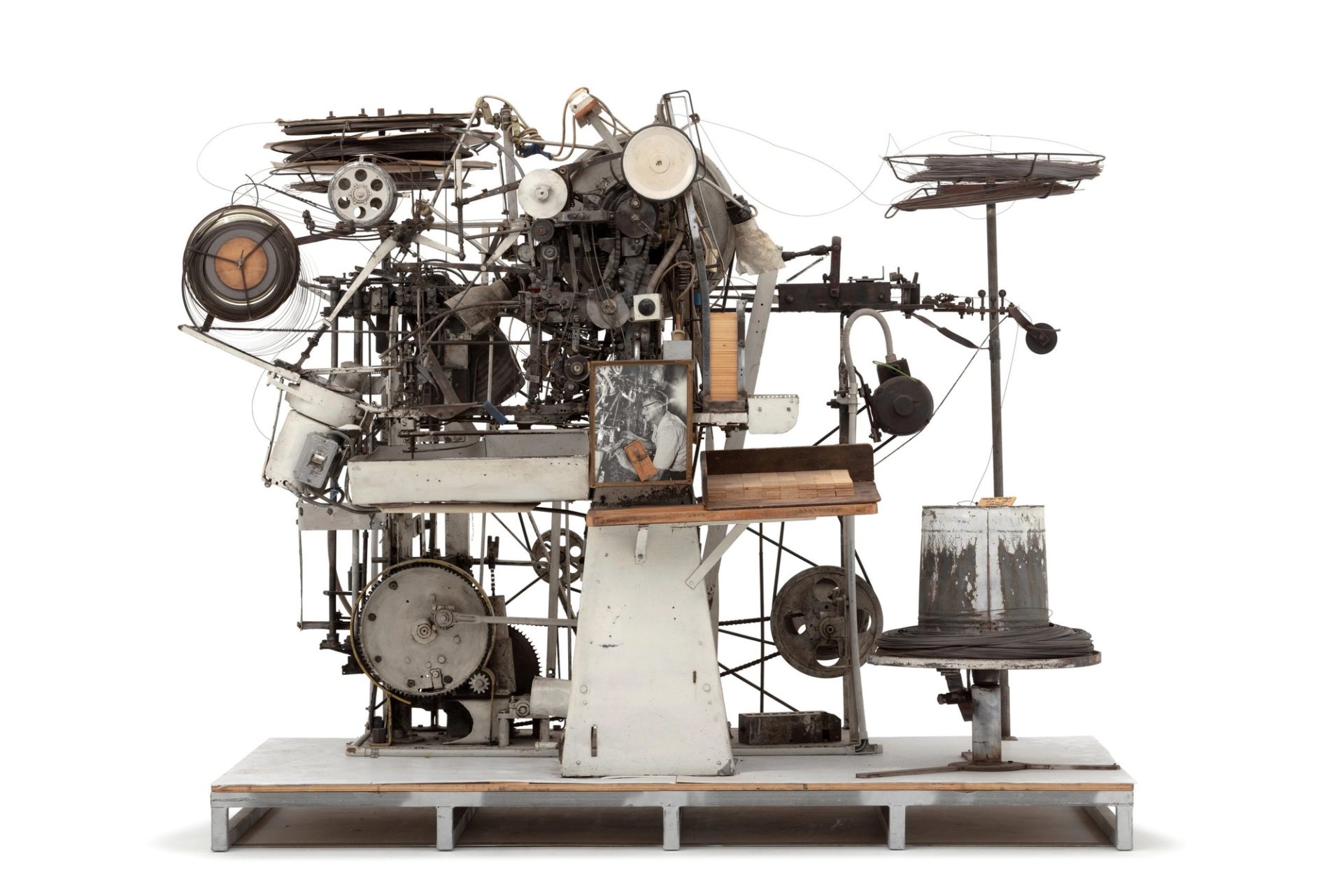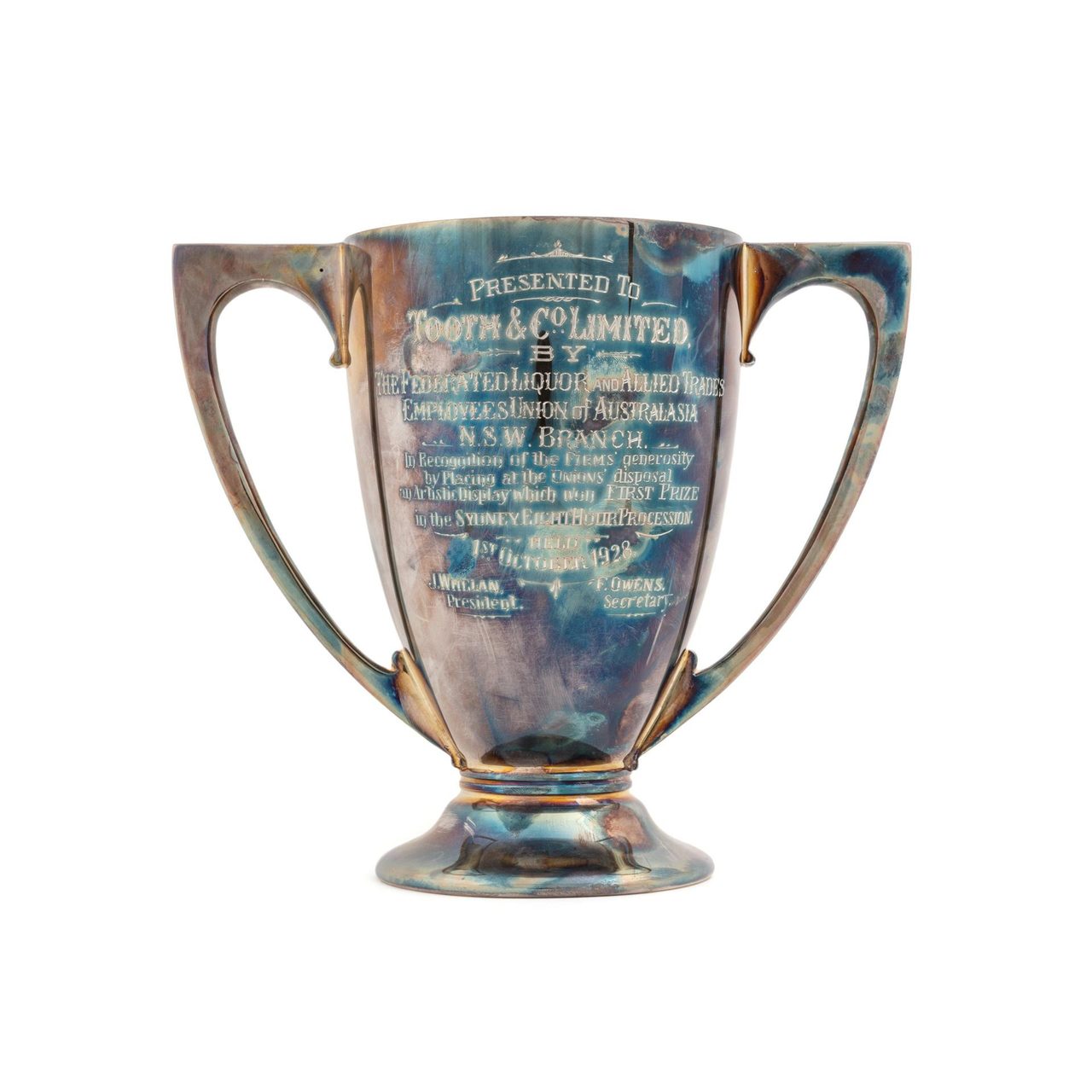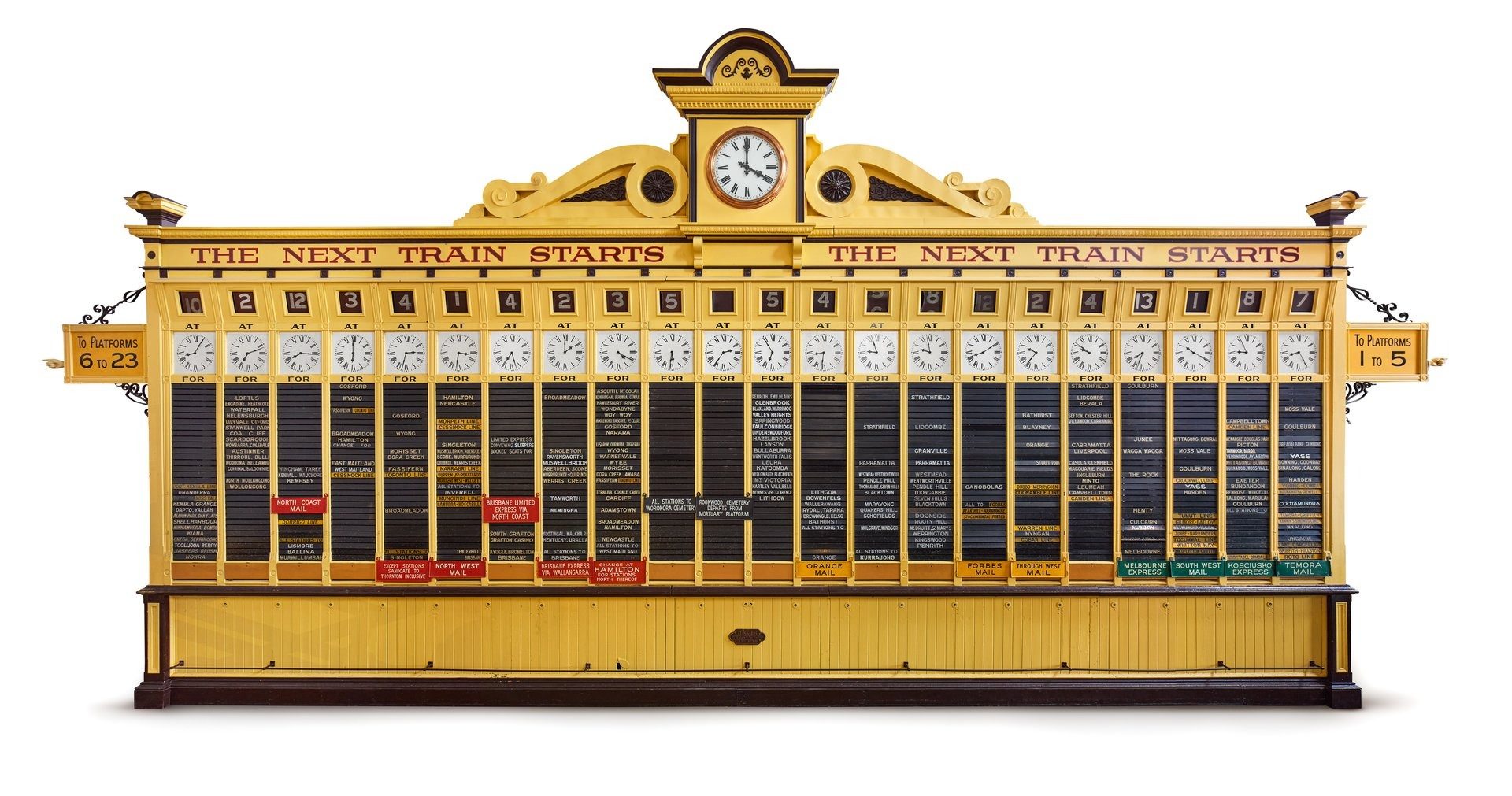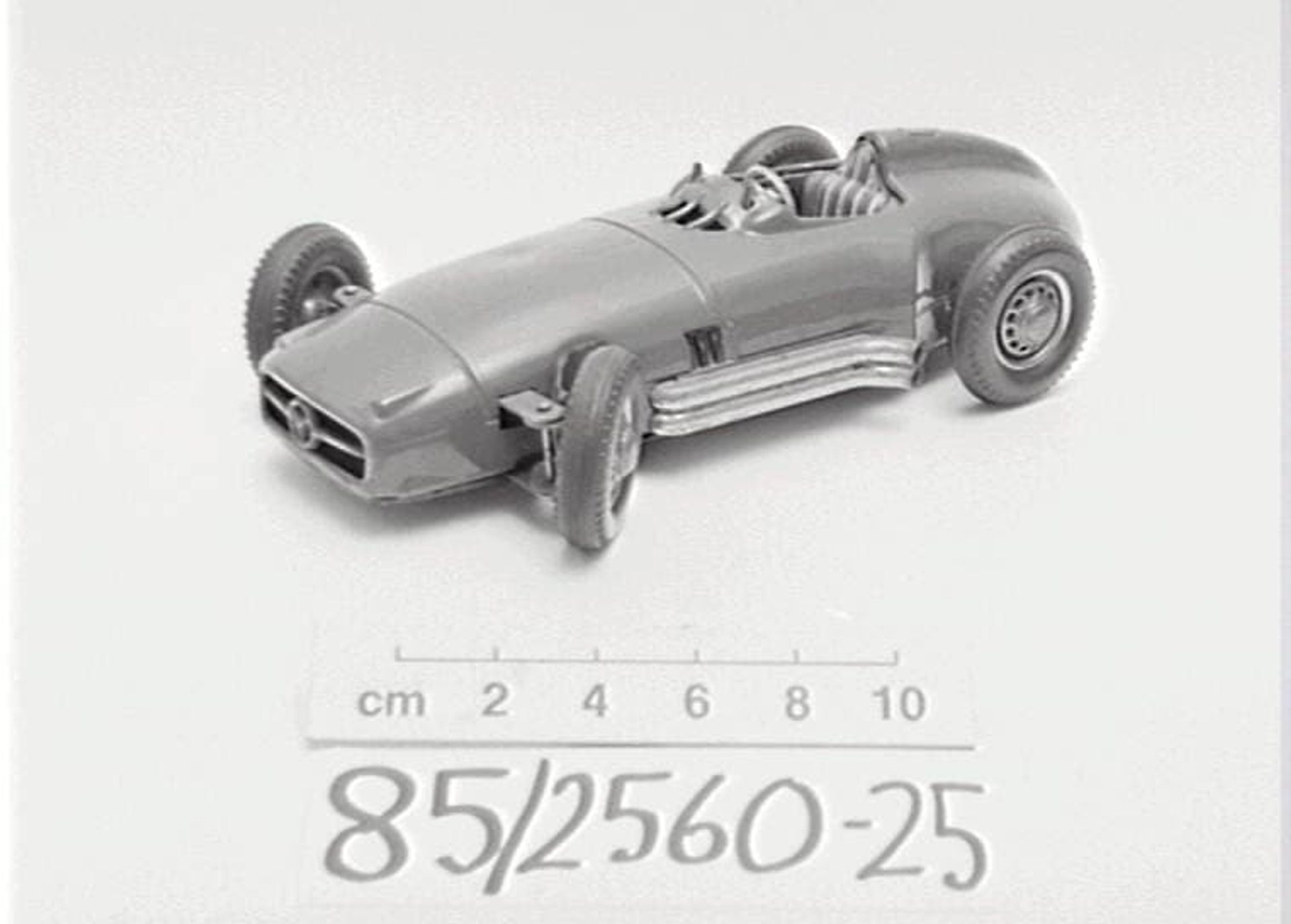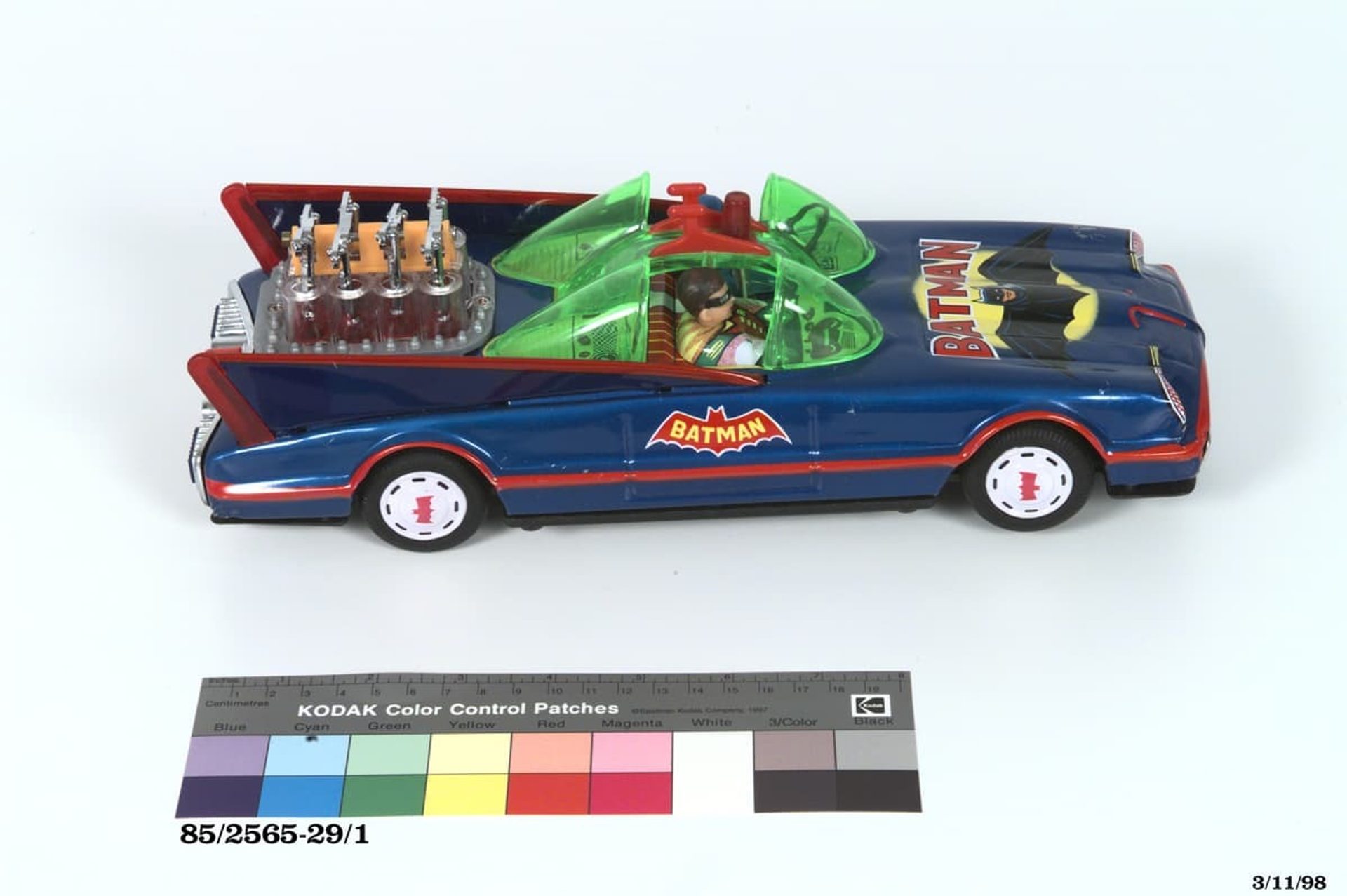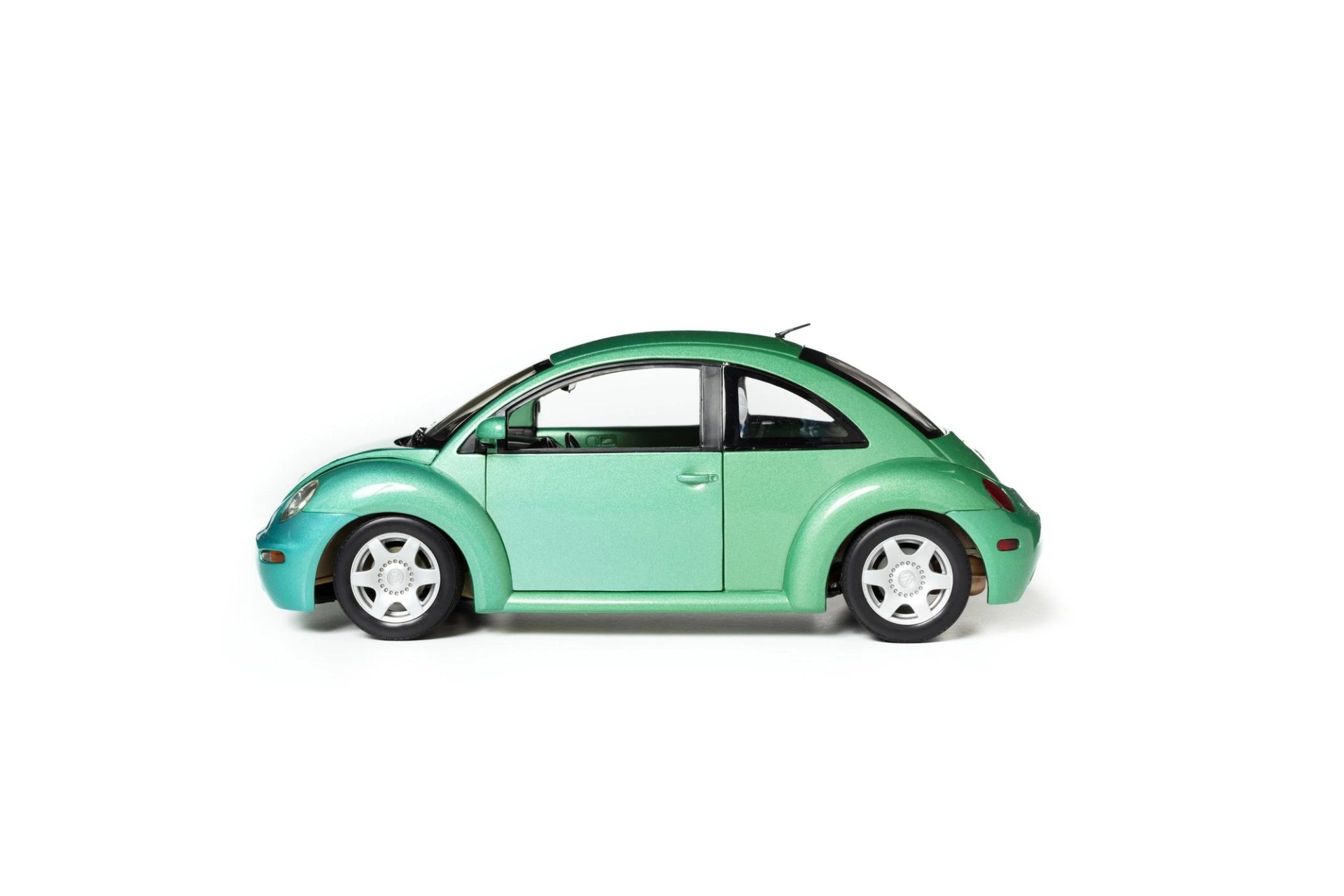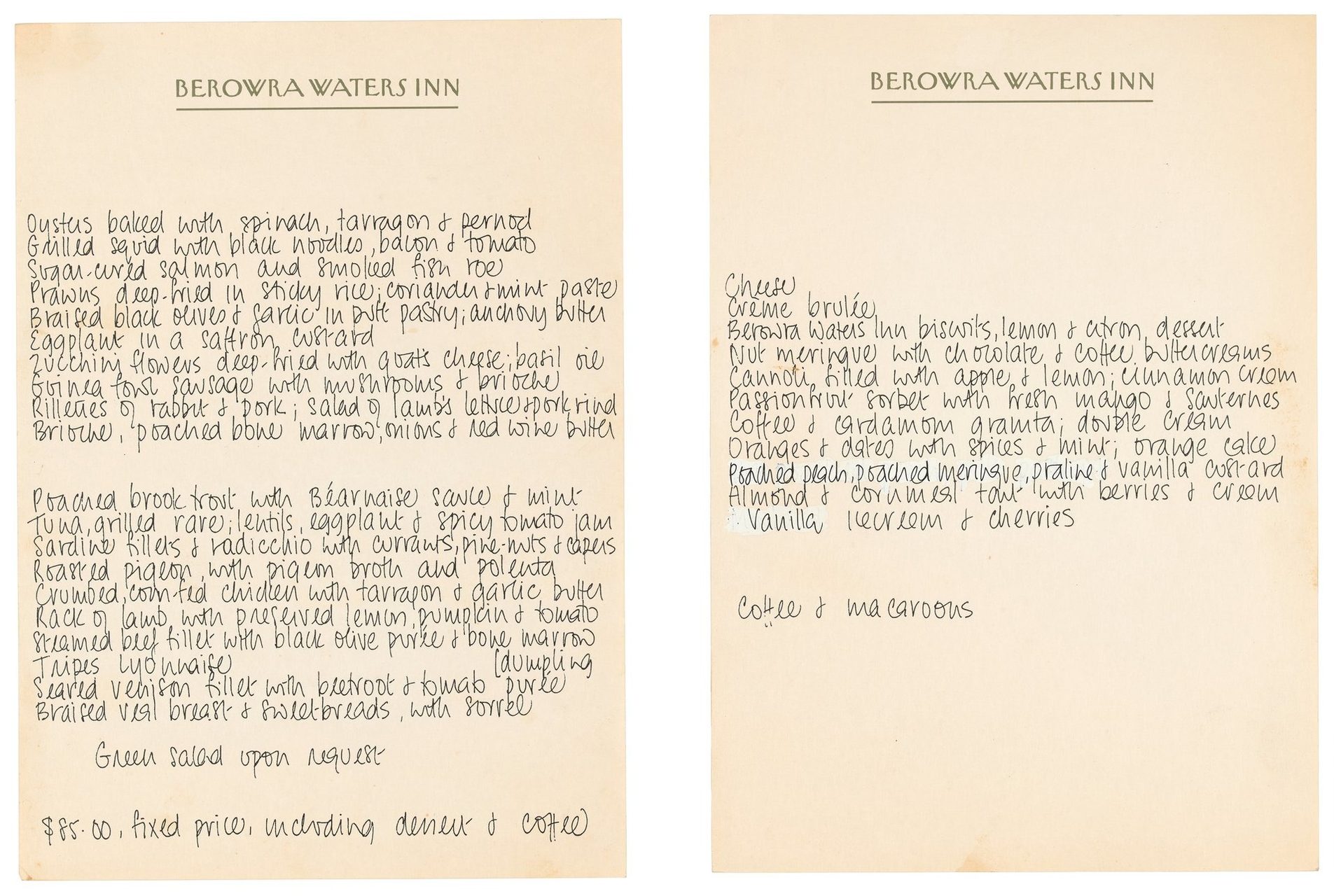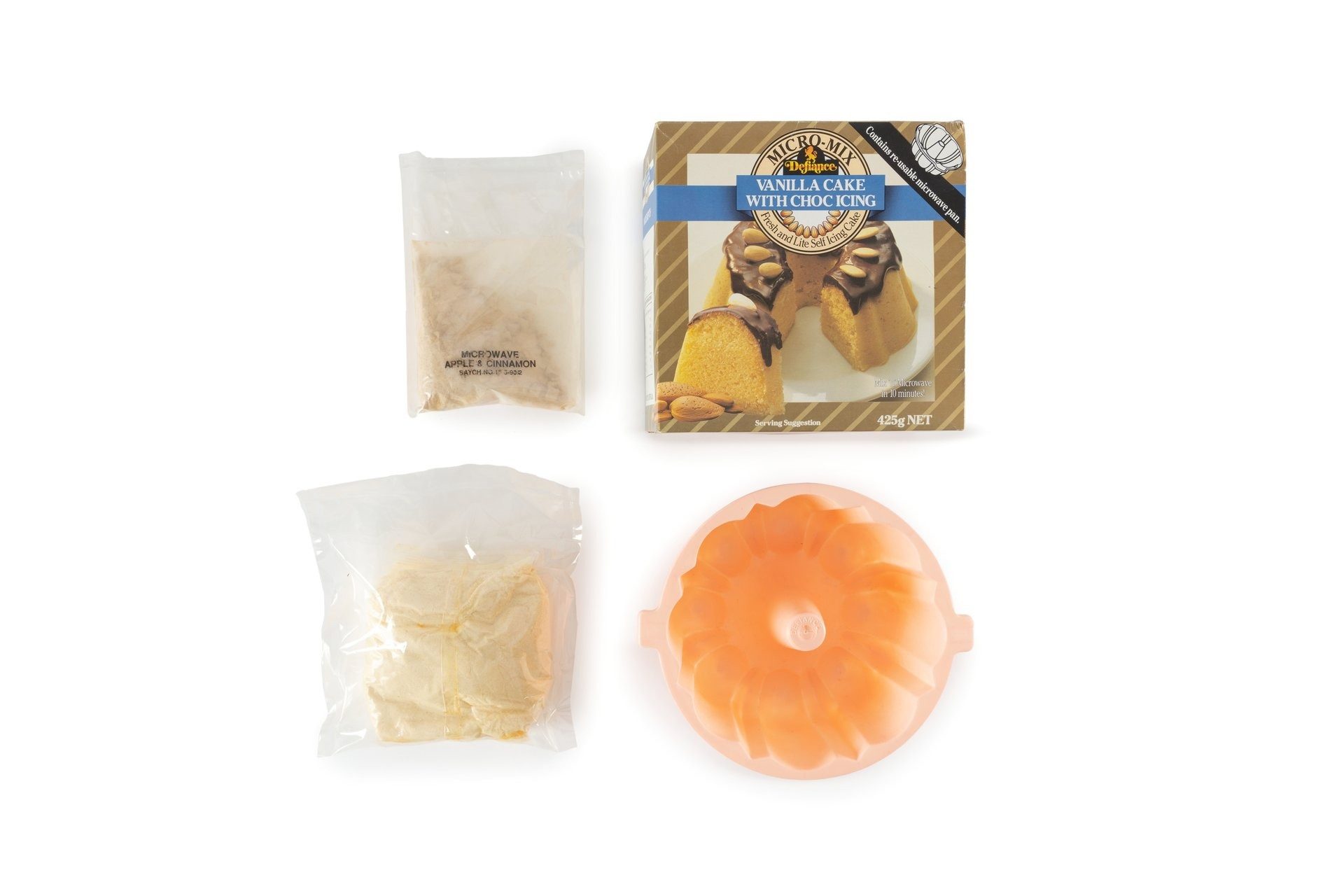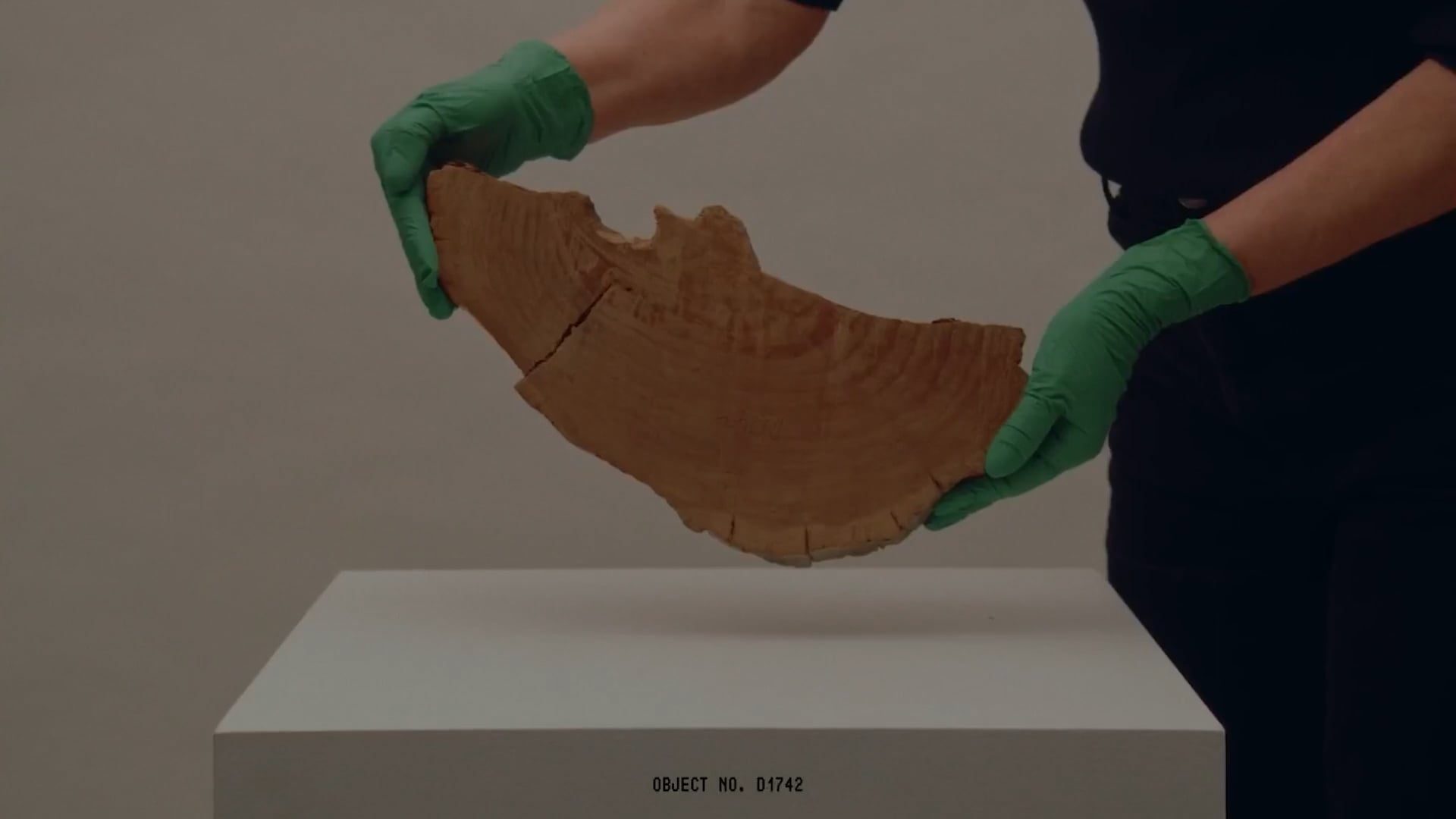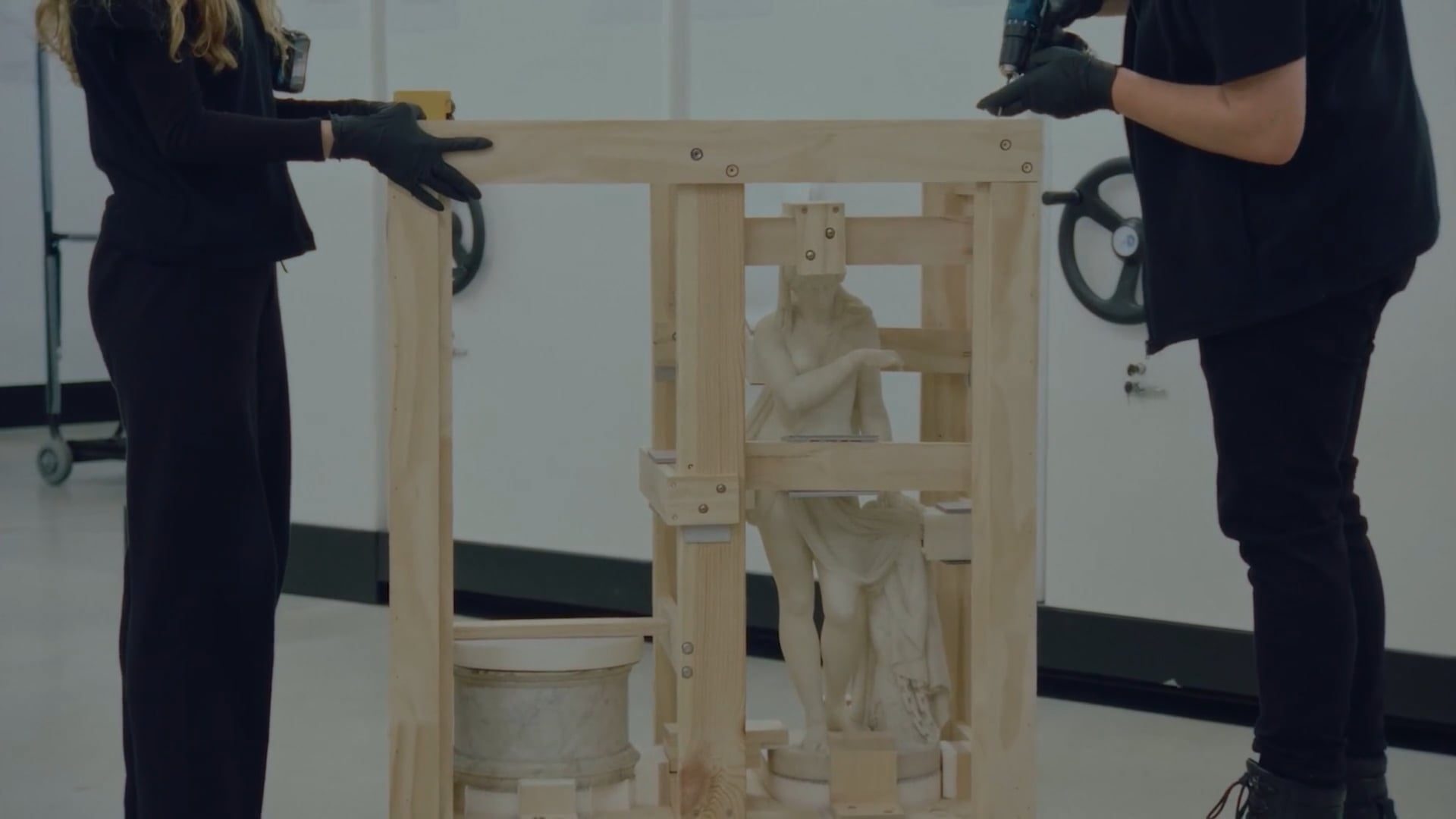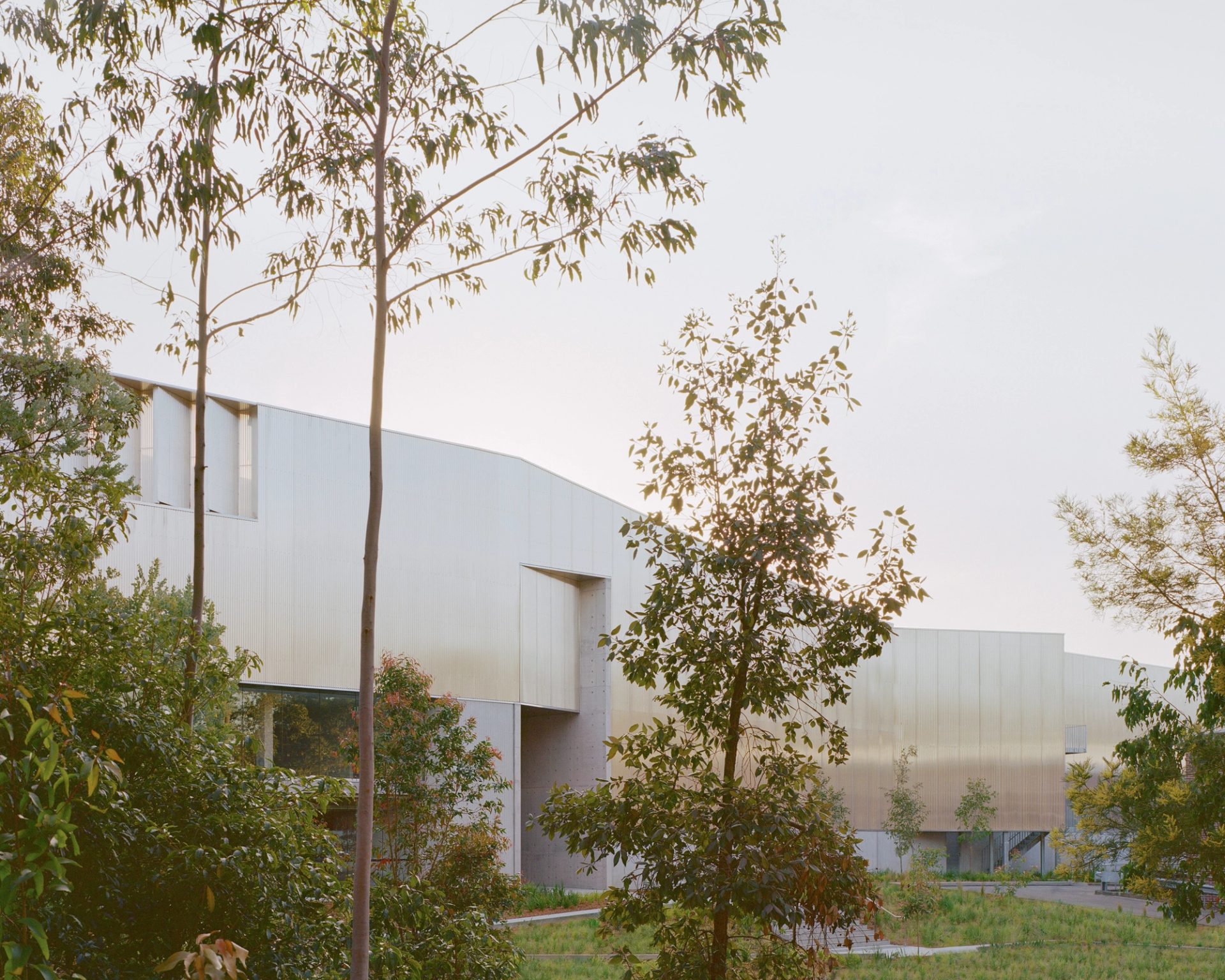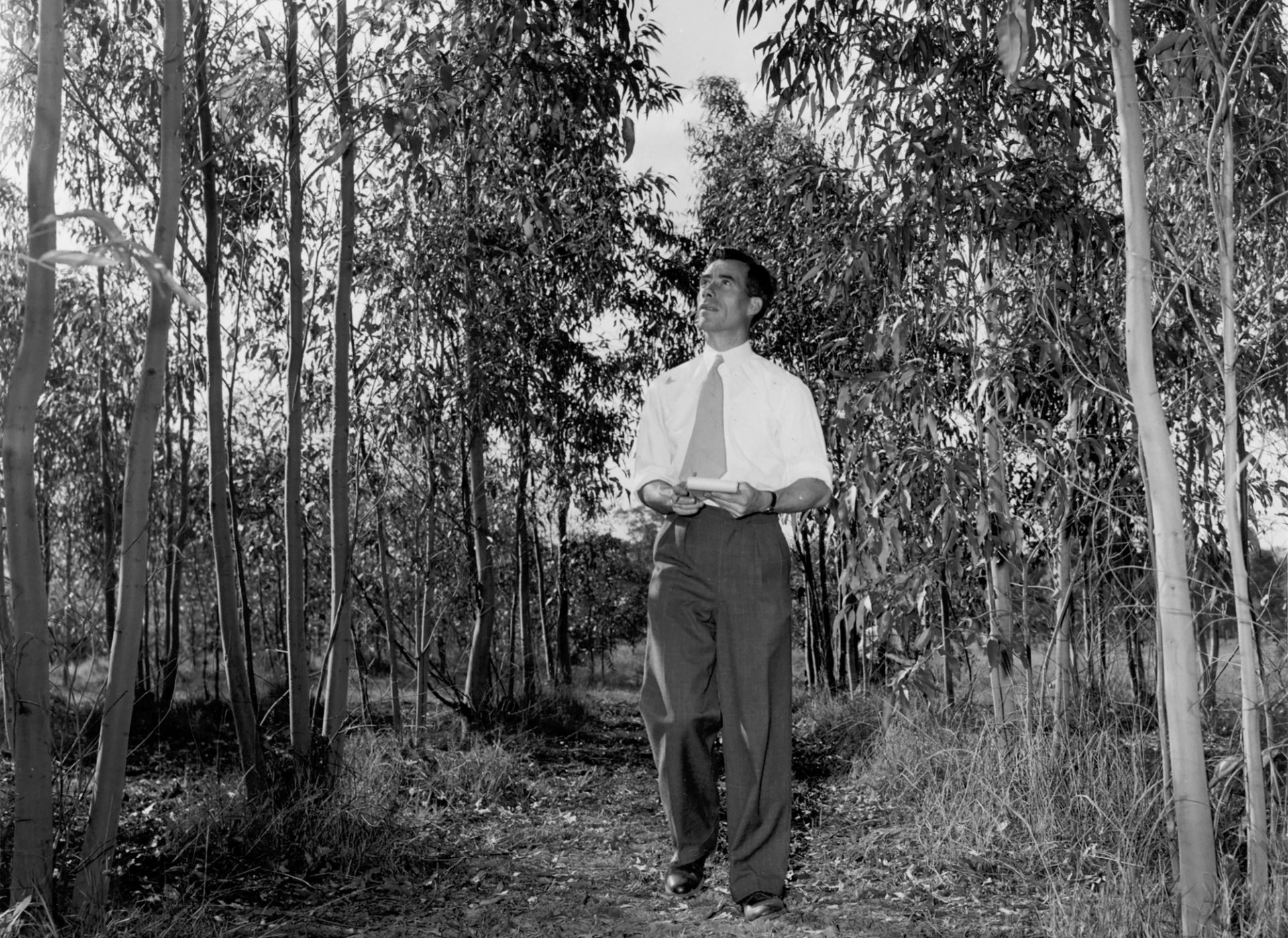Collection Digitisation

Come behind the scenes at Powerhouse Castle Hill and meet some of the people digitising the Powerhouse Collection.
Collection Digitisation plays a key role in preserving and expanding access to the extraordinary Powerhouse Collection. The Collection Digitisation team consists of specialists with expertise in photography, registration and digital collection management who collaborate to create high-quality digital representations of collection objects. The digital collection is vital for conservation, research, programming, education, publications and access.
Nick Kleindienst
Manager of Collection Operations and Digitisation Projects, Collections Project
‘I’ve always worked in the cultural sector: I started as a creator, then worked in collection management for institutions in Australia and abroad, though what motivated a move to Sydney was the opportunity to work with the Powerhouse Collection — the history and materiality of the collection are second to none.
Our Collection Digitisation team builds on decades of museum imaging expertise, from the establishment of a dedicated photography unit in the 1970s to the museum’s Image Resource Centre in the 1990s, which produced more than 100,000 collection images.
In 2019, we launched our current digitisation project with the goal of capturing 338,000 objects. By the time the project concluded in 2024, we had photographed more than 360,000 objects, generating more than a million digital files. Today our team is structured into three key areas: photography, registration and digital asset management.
We operate multiple photography studios at Powerhouse Ultimo and Castle Hill, including dedicated studios for the extensive archive collection and a purpose-built studio in Building J at Castle Hill, home to our 4-tonne motorised turntable inside a 10-by-10-metre cyclorama (a studio with curved and corner-less white walls which supports light control). There’s also a smaller cyc and turntable for photographing medium sized objects like furniture and sculptures.
The digital asset team manages the massive amounts of data created from photoshoots, including postproduction, QA (Quality Assurance), file naming, metadata, and our digital asset and collection management systems, ensuring images are available for publication and online browsing.’
‘When we photograph an object, the less we have to move it the better. So, if we can put objects on a turntable to photograph them, we remove the stress on the object by rotating the whole platform instead.’
‘There’s some romanticism about having a career in the cultural space, but our work demands precision to make the collection accessible for everyone: students, teachers, researchers, curators, artists and communities. We’re not trying to imbue any emotion in the images of objects from the collection. We’re not using fancy settings. We’re capturing the materiality of objects as accurately as possible. The object is the object — it’s not embellished or ‘cleaned up’ in postproduction. So, lighting and colour management are important, because we want each image to best represent the object it’s capturing.
The logistics of digitising large objects can be challenging — and exciting. The project to relocate and photograph the Catalina flying boat Frigate Bird II was a massive achievement for the team. It’s one of the largest suspended planes in the world with a width of more than 40 metres. We had to find a time during the decant of Powerhouse Ultimo to capture it among other work going on, and because it was suspended in such a tight space, we needed to work out how we could shoot it from only a few metres away.
We couldn’t capture it in a single frame with a wide lens because that would distort the whole image and make this beautiful object look stumpy and compressed. Instead, we took a series of images, carefully positioning backdrops and moving screens around to manage any reflections. We captured the aircraft in carefully aligned segments, which could be stitched together in postproduction. In the end it’s a fabricated image which is truer to life than if we’d taken a single wide-angle shot.’
‘When we photograph an object, the less we have to move it the better. Even if we’re capturing something small like a chair or desk, if we have to pick it up and turn it 45 degrees to get the aspect shot, there’s a risk. So, if we can place objects on a turntable to photograph them, we can remove any stress on them and minimise risks by rotating the whole platform instead. Why don’t we just move the camera? Well, by keeping the camera in a relatively fixed position we can maintain consistent framing, exposure and lighting across all views. This approach prevents variations in images that would arise if the camera was repositioned for each shot.
One of the first big items we photographed on our large cyclorama at Castle Hill is still one of my favourites. It’s a ‘Supreme’ mouse trap-making machine that featured in the 1001 Remarkable Objects exhibition at Powerhouse Ultimo in 2023-4. It weighs almost a tonne and sits on a 2.5 m wide platform. The whole thing was originally made from scrap parts at a factory in Mascot in the early 1940s. When the museum acquired it, it came with a framed photo of the creator, which we’ve kept in the digitised version. I really love its design. It's cobbled together from second hand parts and is capable of pumping out 1000 mouse traps per hour — it's morbidly functional.’
Linda Warlond
Photographer, Collections Project
‘I’ve been a photographer most of my life — one of my favourite early images of me was taken when I was two years old, holding a Box Brownie camera. In a lifetime of taking photos there were periods in my career when I thought ‘What are all these photos for? Where are they going? What am I going to do with them?’. Now I get a lot of satisfaction photographing the collection at Powerhouse knowing every image I capture has a home and a valid purpose.
The main thing in the Collections Project is that we capture an authentic representation of each object. It’s a contrast from advertising shoots, where they want an object to absolutely look its best, even if the colour is off, and they hide any imperfections. We don’t hide the imperfections of objects. We want all those details from all angles. During a shoot we will also review documentation for each object to check any imperfections are noted in EMu [the museum collection management system].
Before we capture an object from each angle we take a reference shot with a ruler alongside the object to show its size, a colour chart to provide accurate colour readings for postproduction and the object’s barcode so it’s easily identifiable.‘
‘We don’t hide the imperfections of objects. We want all those details from all angles.’
‘When lighting 3D objects we aim to get a grounding shadow from one direction: you don’t want what we call ‘copy lighting’, which can cast two shadows. Our style guide sets out a minimum number of images we capture and in each we want shadows falling in a natural way, like they’d be cast by the sun, perhaps.
I like how the technical requirements can vary on every object. The photoshoot for the Carla Zampatti Ford Laser was a great project to work on because there were a few logistics involved to bring the car out to Building J at Castle Hill and photograph it on the big turntable in the cyclorama.
The cyc is completely white, which is great for overall lighting, but then you’re getting all these white reflections on the car’s red and black surfaces. So, we shot it in segments, blocking out some light reflections with black fabrics — there were lots of human tripods holding polyboards and fabric for this shoot.’
‘When the team shot the interior of the car we brought in people from the conservation team to assess the condition and whether it was suitable for us to place lighting inside. We ended up placing conservation material in the footwells and then the lighting on top of that — you don’t want them resting in any way on the object itself — and we were very mindful not to leave the lights on for too long because then the strobes can become hot. With objects like this car we want to show those interior details, as well as a maker’s mark and mechanical parts like the engine (or in a piece of jewellery it might be a mechanism).
As a photographer I’m always putting myself in the position of the viewer: who would be interested in exploring this object online? If I were a Ford Laser enthusiast I might be interested in the original gear stick; for fashion enthusiasts it’s the fabrics and colour schemes.
My personal and professional satisfaction comes from the fact my images all have a home, whether they appear in the Collections website, material for an exhibition or books like 1001 Extraordinary Objects and Eucalyptusdom.
We’re now experimenting with some new tech to more accurately capture images of two-dimensional objects, like the old gelatin prints in the Australian Centre for Photography archive, using a specialised archival camera mounted on an automated copy stand. The advantage of this stand, camera and lens combination is its high resolution, along with the flat-field lens, resulting in minimal distortion. The continuous lighting used with this system is consistently accurate with light and colour across all shots, unlike with flash lighting. I’ve been a photographer for a few decades now, so it’s fun to learn about new technology while capturing the many diverse objects in the museum’s collection.’
Ryan Hernandez
Photographer and Powerhouse Studio digitisation coordinator
‘I started at Powerhouse as a photographer back in 1997. One of my first roles was to photograph the numismatics collection, all our coins and medals. There were more than 25,000 objects in that collection to capture in two years. Digital cameras were just coming out and the resolution for consumer cameras was 2-3 megapixels, up to 6 megapixels for pro cameras. Two of these cameras are now in the museum’s collection. Our roles are always evolving and the technology has advanced significantly since I started, though photography-wise, our techniques are pretty much the same.
During the huge digitisation project I’ve really enjoyed discovering so many objects in the collection and talking with registrars and curators about them, so we can help tell each object’s story. The registrars also help move objects when we photograph them, making sure they’re safe.’
‘It’s an amazing privilege to view the objects and capture high quality images, making the collection accessible to many more people online and in publications.’
'When I was digitising the Tooth & Co Collection, one of the fun things was checking modern maps and images to see which pubs still exist — a lot of them have been renovated but they’ve still got the same facades, which is pretty cool. The Tooth & Co Collection is a historical journey into beer production, pub culture and branding.
We digitised so many different objects, from 3-metre temperature gauges and a whole bunch of shovels to huge wooden barrels, promotional posters and signs. Some of my favourite Tooth & Co objects to photograph were the branding irons, which used to be heated to burn the Tooth brand name into the barrels — it’s a really old method of branding.
The more challenging objects to photograph were trophies, because I had to build a studio set with white walls all around them to make sure you couldn’t see me or the photography equipment reflected in their shiny surfaces. Some of them are made of silver, some are chrome or stainless steel.’
‘I enjoy the problem-solving of photographing objects that are tricky to light or frame. Lighting plays a very important part in photography and it’s just as important as composition. There are so many ways to capture images though it’s always good to get the lighting right the first time.
Shiny objects really make you use your skills to get the right exposure on particular parts. When I photographed the collection of Sydney 2000 Olympic and Paralympic Games torches we set up reflective boards around each torch in the studio to spread the light around so it was more even. I manipulated the light so it bounced properly to highlight the unique shape of each torch without hot spots or glaring reflections.’
‘The facilities at Powerhouse Castle Hill are world class: we have several excellent studio options in Building J at Castle Hill when we’re photographing big objects, with the large cyclorama and the big turntable inside it. There is also a smaller portable turntable for objects like the Tooth & Co trophies. When we’re shooting photos of an object now the turntable does all the work of moving it so we can get every angle. When we didn’t have the Building J studio, we used to have to photograph one side of a heavy object then get a forklift to turn it around for another angle. It was a very cumbersome way of handling objects.
The turntable makes life easier for the registration team too: they just position each object in the middle and don’t have to touch it or worry about it until I’ve finished photographing it. We’ve got a remote control for the turntable so once I’ve captured the first hero angle, I can quickly and precisely set it for the three-quarter shots and other angles. At the top of the cyclorama there’s a gantry system so I can safely get a camera up there and look down through a hatch to photograph large objects top-down — and I can trigger the camera wirelessly while remotely viewing the shot on an iPad or phone. It’s an amazing privilege to view all the objects and capture high quality images, making the collection accessible to more people.’
Jonathan Stokkland
Digitisation Coordinator, Collections Project
‘My career started in photography and video for fashion and commercials, then became quite heavily focused on new technology for digital imaging. Now my role at Powerhouse revolves around coordinating the digitisation of the entire collection, which means I work closely with various teams on briefs to capture our very small to very large objects and facilitate new workflows for activities like volumetric 3D scanning.
There’s a lot of work being done in this space to update procedures for digitisation projects, which can be very prescriptive and scientific, to better support researchers and archivists, and to create an accurate digital representation of our collection for future generations. Cameras, in particular, have evolved quite a bit — they’re now able to capture a much wider dynamic range, meaning they can accurately handle both the darkest and lightest areas without losing detail or blowing out highlights.
In the 2D imaging world, there are now digitisation stations that automatically calculate the colour variance and calibrate the cameras to capture for heritage — not just something that would look nice in a magazine. So, if for example you photographed the Mona Lisa a few years ago, there could be quite a difference between the painting and the photo because of the way camera lenses curved and sensors were calibrated. Now, depending on the digitisation technology and paper you print on, the image will almost be realistic.
3D imaging is getting there too with volumetric 3D capture. We can develop digital models to showcase objects that people might not get to experience or touch otherwise, which can be very useful for research and education.’
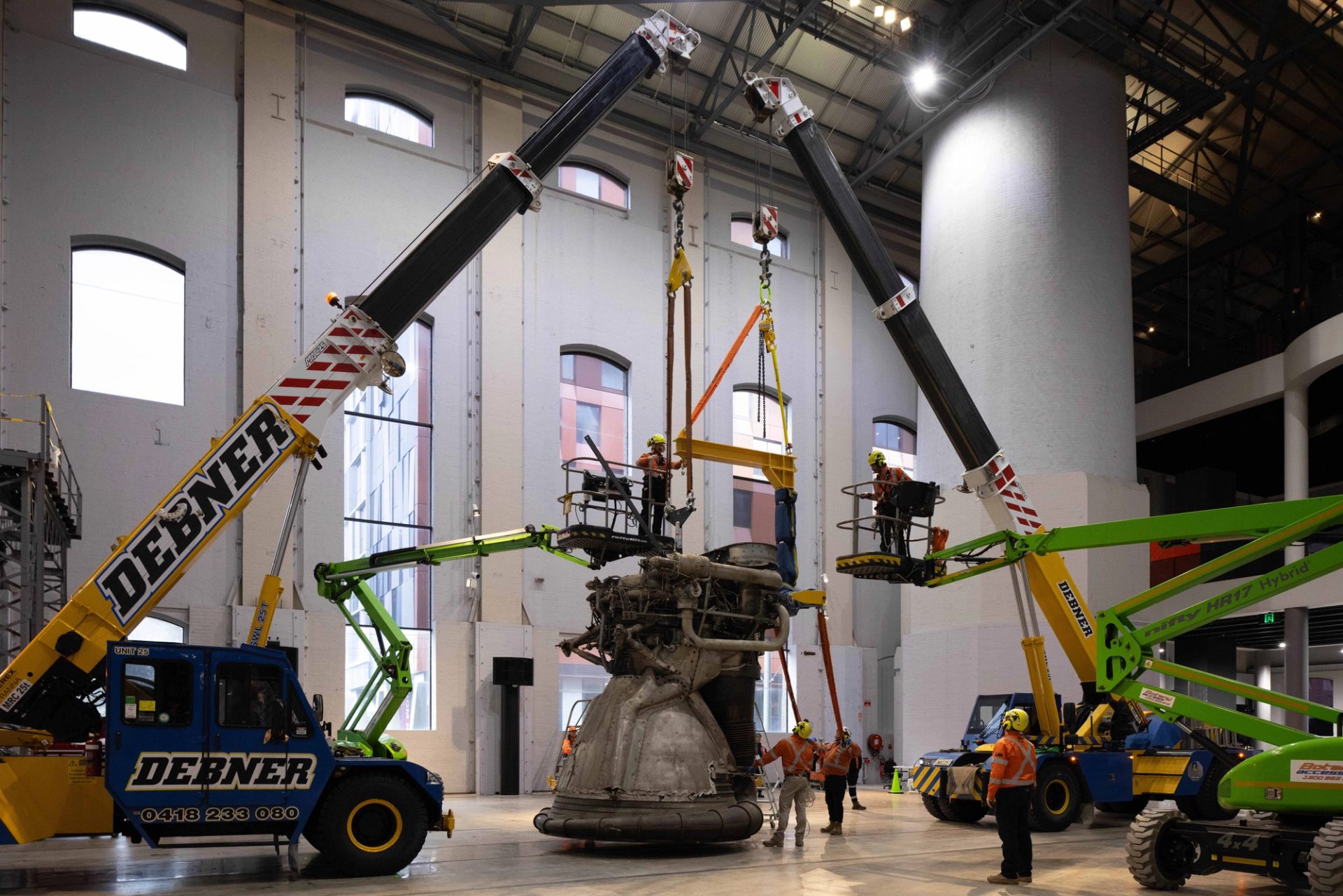
‘I'm a big believer in our digitisation strategy: we can become a destination for a lot of other institutions to come to for expertise and I’m really excited about it.’
‘One of the largest objects we’ve created a 360 animation for is the F-1 rocket engine, which was gifted to Powerhouse by the National Air and Space Museum. The object in our collection is a test engine of the rocket developed for the Apollo space program to get astronauts to the moon.
When we captured images of the F-1 it was suspended in the same space as other big objects like the Catalina, so lighting it was quite challenging. We needed to hang big white curtains around it, and because it’s quite reflective, we had to make sure the lights didn’t ping too hard. We then relied heavily on the experience of our postproduction team to prepare those images and create the rotating animation. While it’s not true volumetric capture, as we couldn’t get a top-down view, the imagery you can see is very detailed and gives you a sense of the great engineering that went into designing it.’
‘Then for the Boulton and Watt steam engine, we partnered with industry experts for a comprehensive volumetric capture using 3D laser scanners for large-scale scans of the engine and surrounding hall and a handheld 3D scanner for details of sections. This volumetric data documents the engine’s current condition for conservation, so we have a baseline for monitoring changes and planning conservation efforts. The key measurements are very useful for logistical tasks, from designing supports for the engine to planning transport and storage, and the comprehensive scans give us a foundation for creating highly detailed 3D models.
We applied the knowledge we’d gained capturing objects like the Catalina and the Boulton and Watt engine to capture images of the monumentally-sized Sydney Central Station destination board. It required a new way of thinking about the capture because a direct view of it through the viewfinder of a camera was blocked by a train and other large objects in the exhibition space. Scanning was not an option for the same reason. We had wanted to photograph the board from far away due to its sheer size — roughly 12 m x 6 m — though instead we had to get within 8 metres and photograph it from a scissor lift in sections.’
‘Taking what we learned from capturing the Catalina, we photographed the board using a special type of lens called a tilt-shift lens. Normally when you photograph large objects up close the edges of the object can sometimes appear to tilt or skew, making them look unnatural. The tilt-shift lens lets us adjust the camera’s angle without moving it on its stand. This means we can correct the perspective distortion and make the object look more natural and evenly proportioned in the final image.
We started with a straight-on shot from above, then shifted the camera left and right, moving it slightly after each shot to capture different parts of the object that didn’t appear in the first frame. We repeated this process at different heights to make sure we captured every angle and detail. Later, a postproduction specialist combined all these images showing sections of the board into one complete, high-quality photo of the entire object.
What we’ve learned about highly detailed captures of objects is quite extensive. I'm a big believer in our digitisation strategy: we can become a destination for a lot of other institutions to come to for expertise and I’m really excited about it. It’s why I came here and it is exactly what I thought it would be.’
Hannah Rose Carroll Harris
Digital Asset Coordinator
‘I very much come for a collection object perspective: I started at Powerhouse as a registrar working on documentation of objects. I’ve been part of the team standardising object records so they’re more accessible, which when we started included deciphering some of the handwriting from stock books going back to the 1800s and fact checking information recorded about objects over the years. Now I’m part of the digital asset team, organising the new digital assets for objects as they’re captured, including photos, videos and 3D scans.
Some of this digital asset management work seems dry and painstaking from the outside, though it’s really important we have accurate records and they’re well organised with a consistent file naming scheme and folder structure. Quality records make it easier for people to access these records in five, 10- or 100-years’ time.
When new images of an object are captured, we save a few versions: the raw image files straight from the camera, which include metadata about shoot settings, time and date; master images saved as large TIFF files; and then the JPEG derivatives for online, including the museum’s website, the collection website and EMu. We add cataloguing information to the metadata for each version too, which helps make images of objects in the collection more accessible.
‘We want images to be as true to life as the actual object a possible, so when an object is photographed, we now have a very specific style guide, including updated standards for camera angles and a white background for each image to make sure the object is clear. We have people from all over the world wanting to access images of objects in the collection for research, publications and personal interest, so a standardised style is important.’’
‘Some of this digital asset management work seems dry and painstaking from the outside, though it’s really important we have accurate records and they’re well organised … Quality records make it easier for people to access these records in five, 10- or 100-years’ time.’
‘Since it opened in 2024, Building J at Castle Hill has been a game changer for what we do as a team. Walking into the cyclorama is an incredible experience — it feels like a James Turrell artwork — and that pristine white environment for photoshoots makes the work for the postproduction team a lot easier. While we are automating some postproduction and quality assurance processes, there’s a lot of our job that requires the human eye. When images are deep etched (a postproduction process to remove the background) to appear on the collection website we perform another quality assurance process to ensure we’re not losing the edges, which is important for depicting objects as true-to-form. We also try to retain as much of the natural shadows as we can.
I’ve been working with the Culinary Archive recently, which documents Australia’s incredible food culture through stories, interviews with chefs, podcasts and a fascinating collection that ranges from food packets to chefs’ menus. It’s really interesting to see some of the food trends over the years and the stories behind them — I think Australia has the best food in the world.’
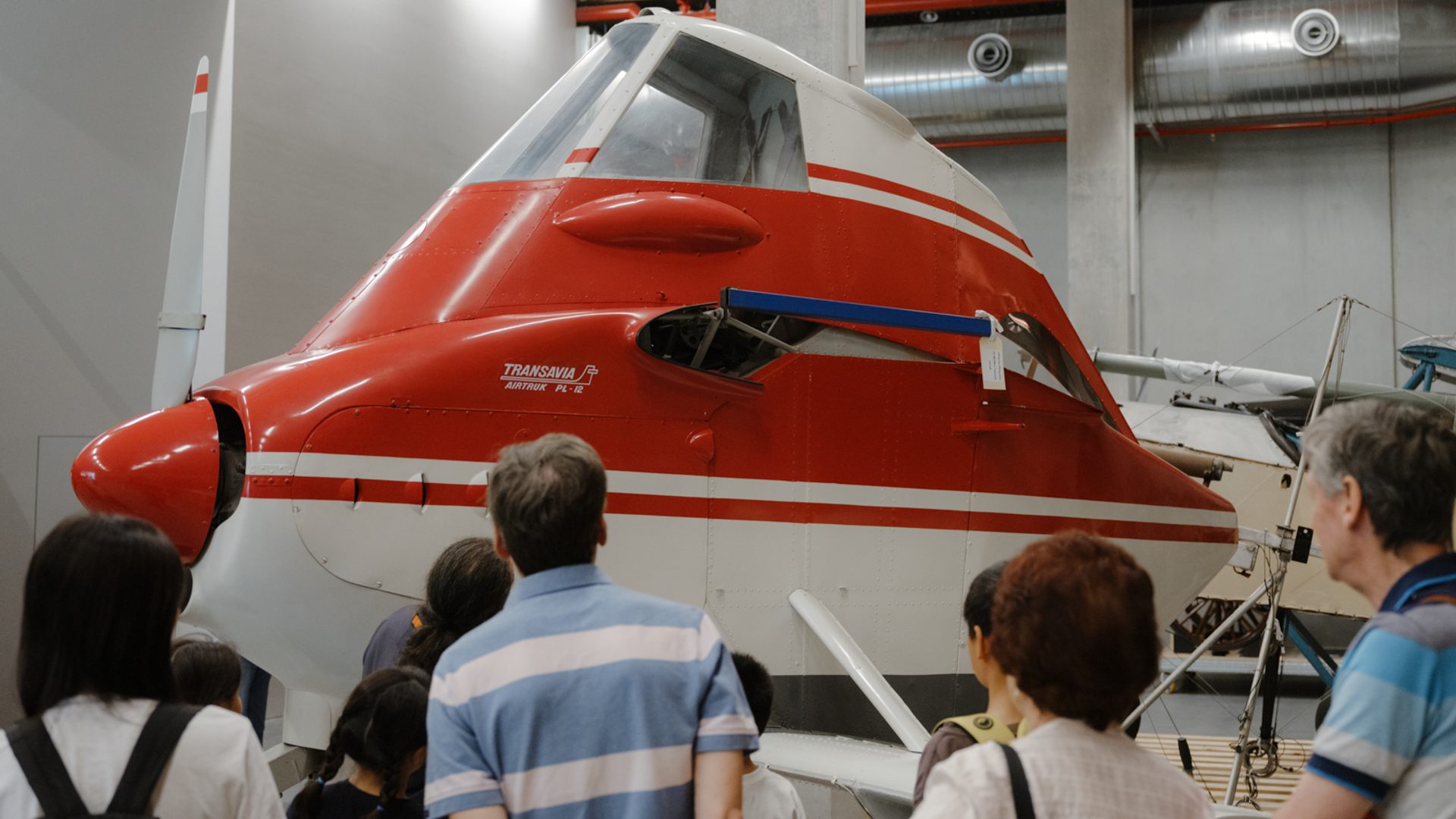
Powerhouse Collection
Since 2019, more than 338,000 objects (including many from the Powerhouse Archives) have been digitised to date and are now available to view online.
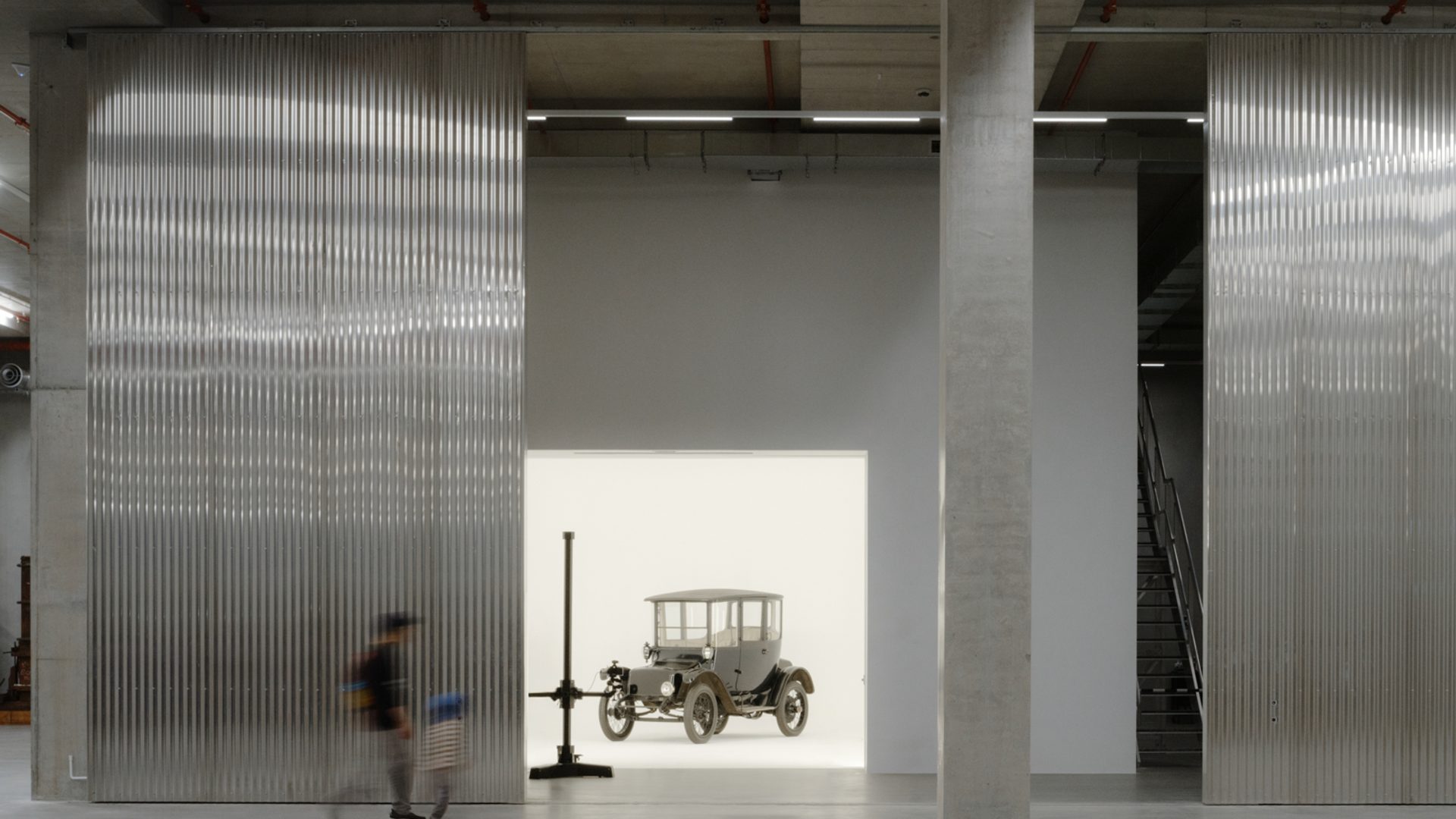
Powerhouse Castle Hill
Located on Dharug land. A storehouse for the Powerhouse Collection supporting research and conservation, presenting exhibitions and programs.
